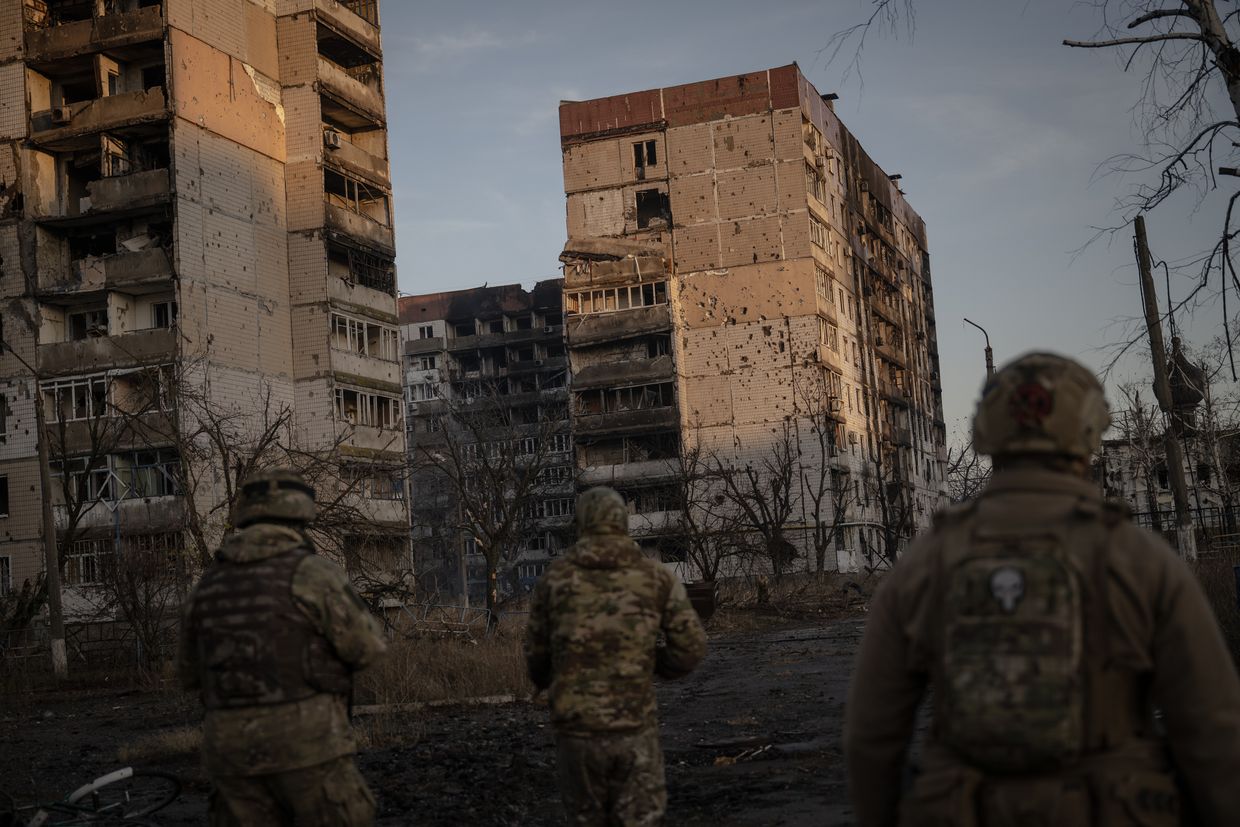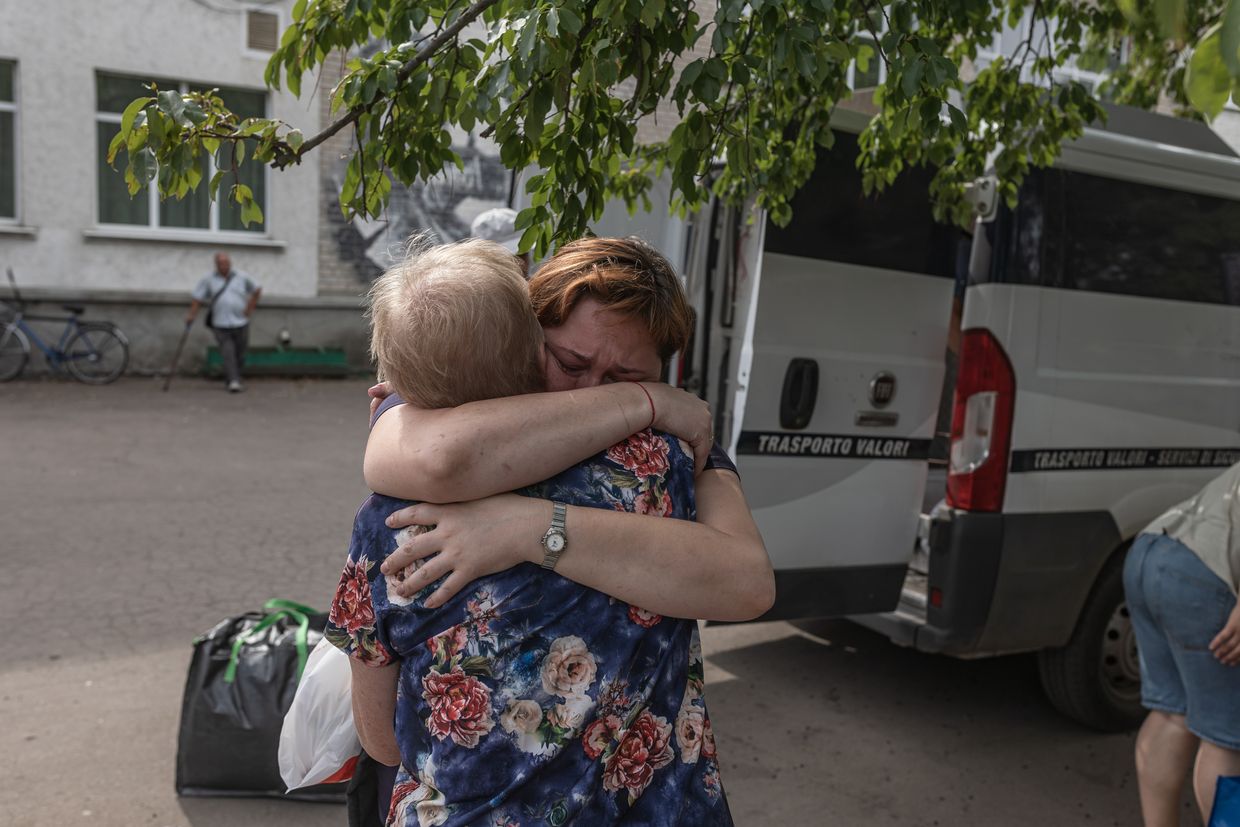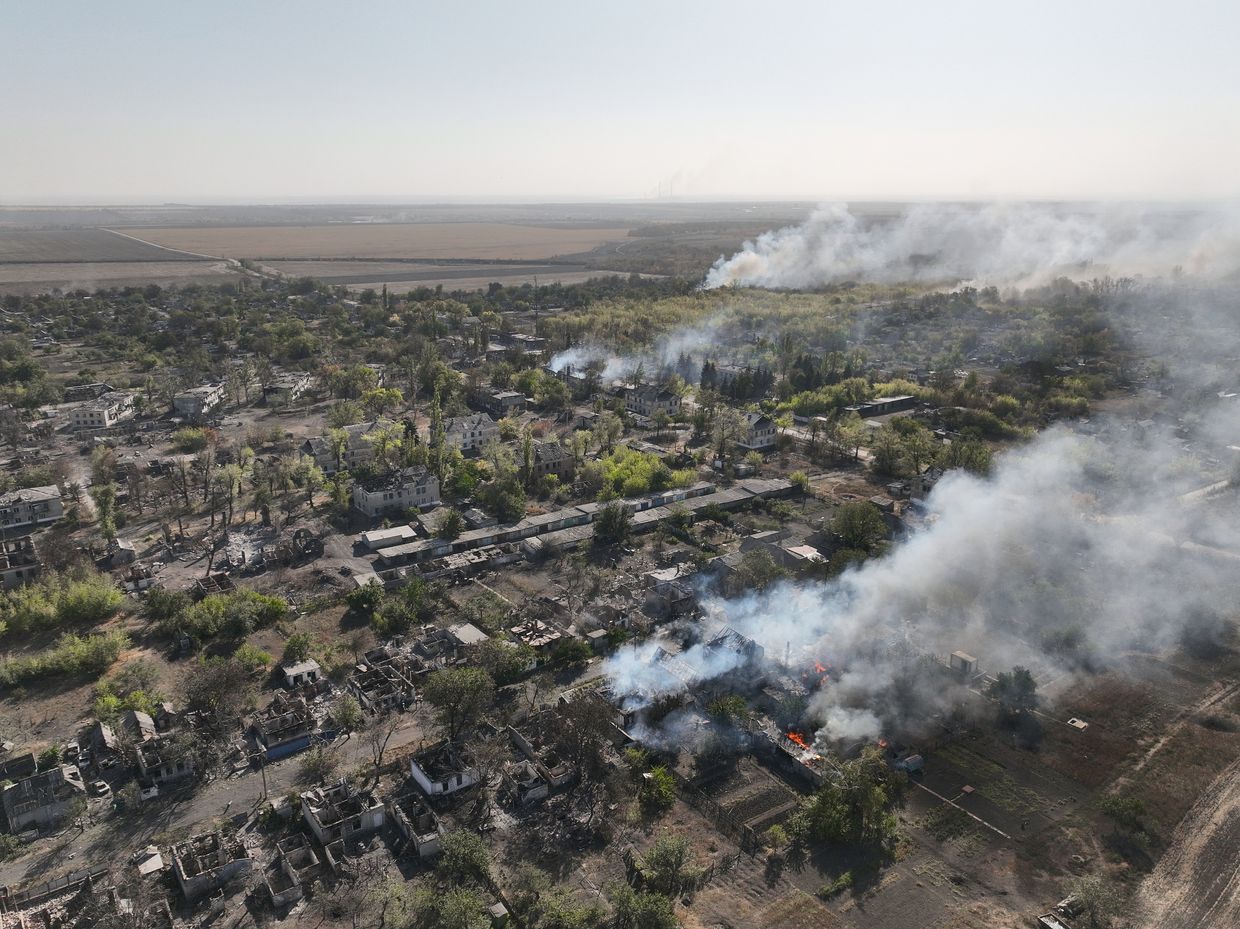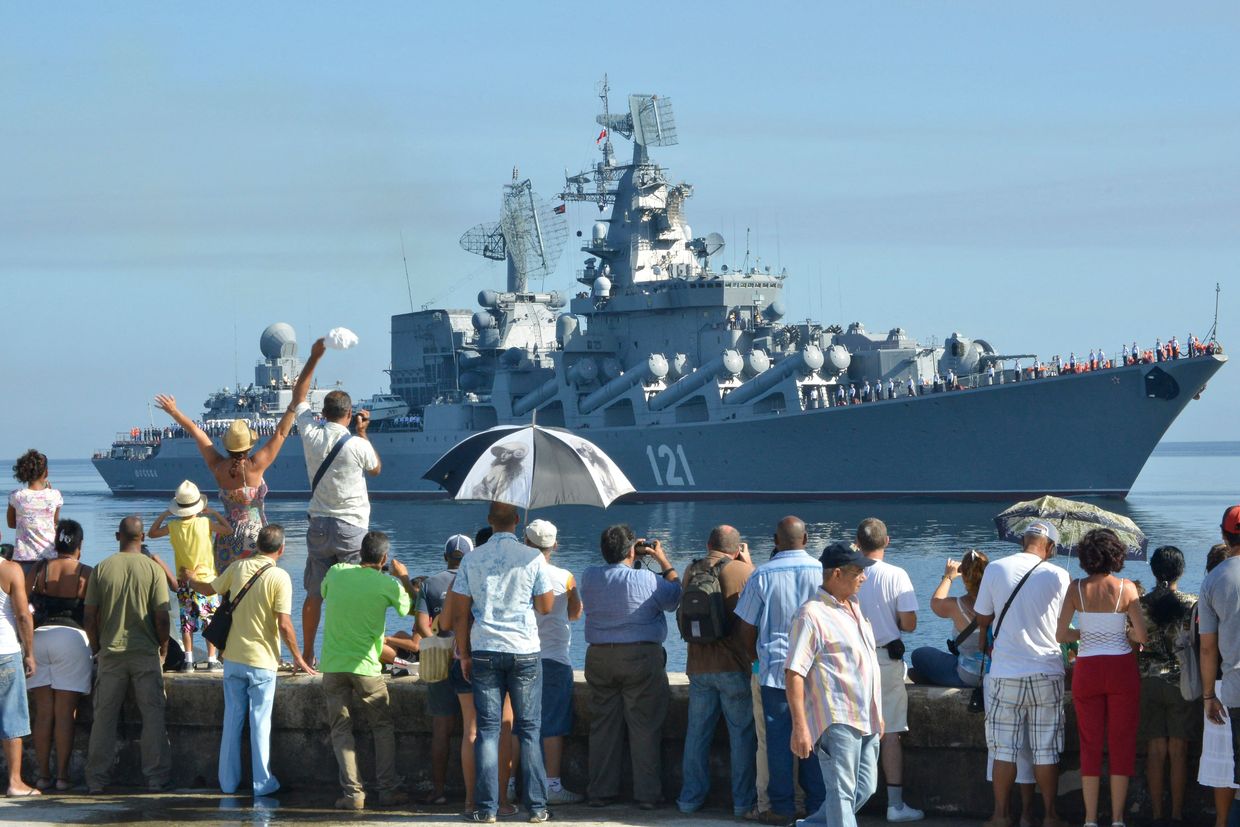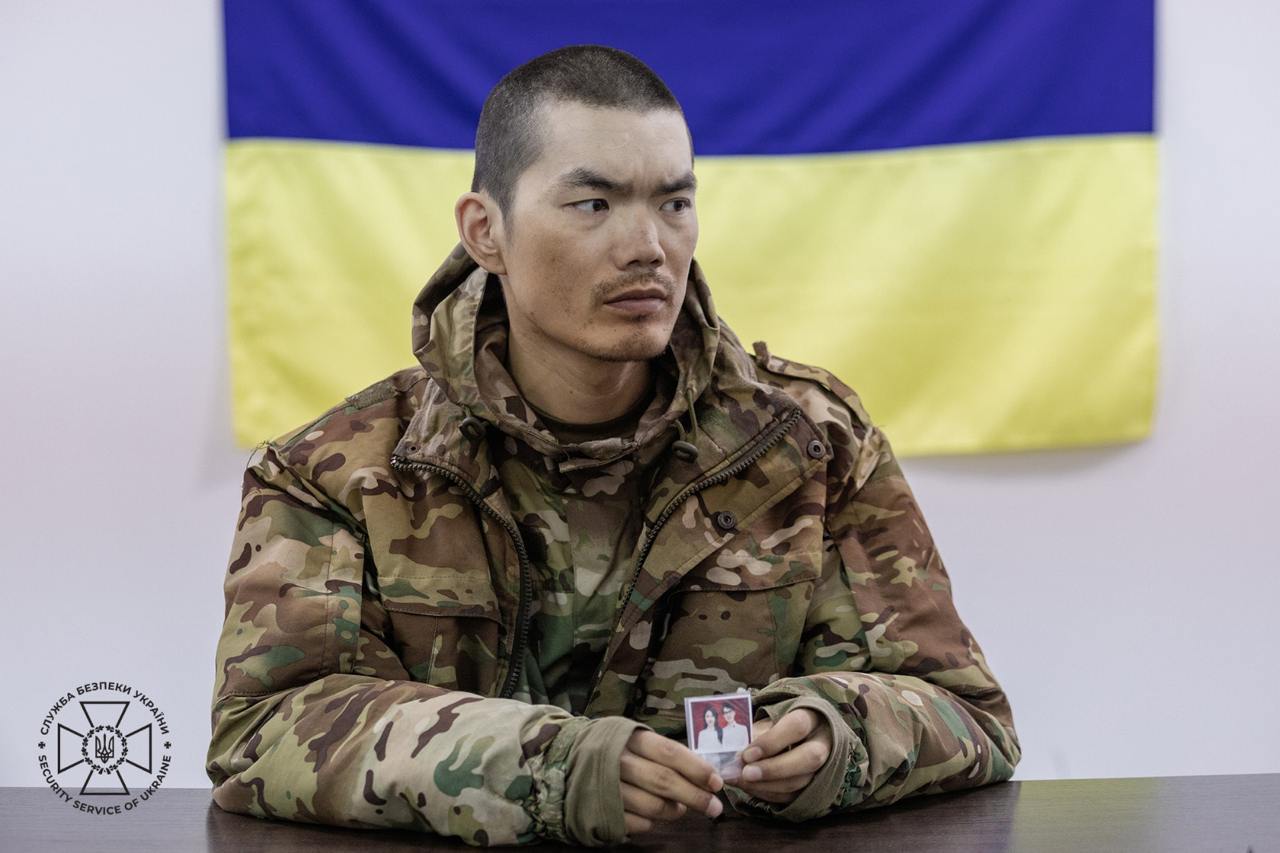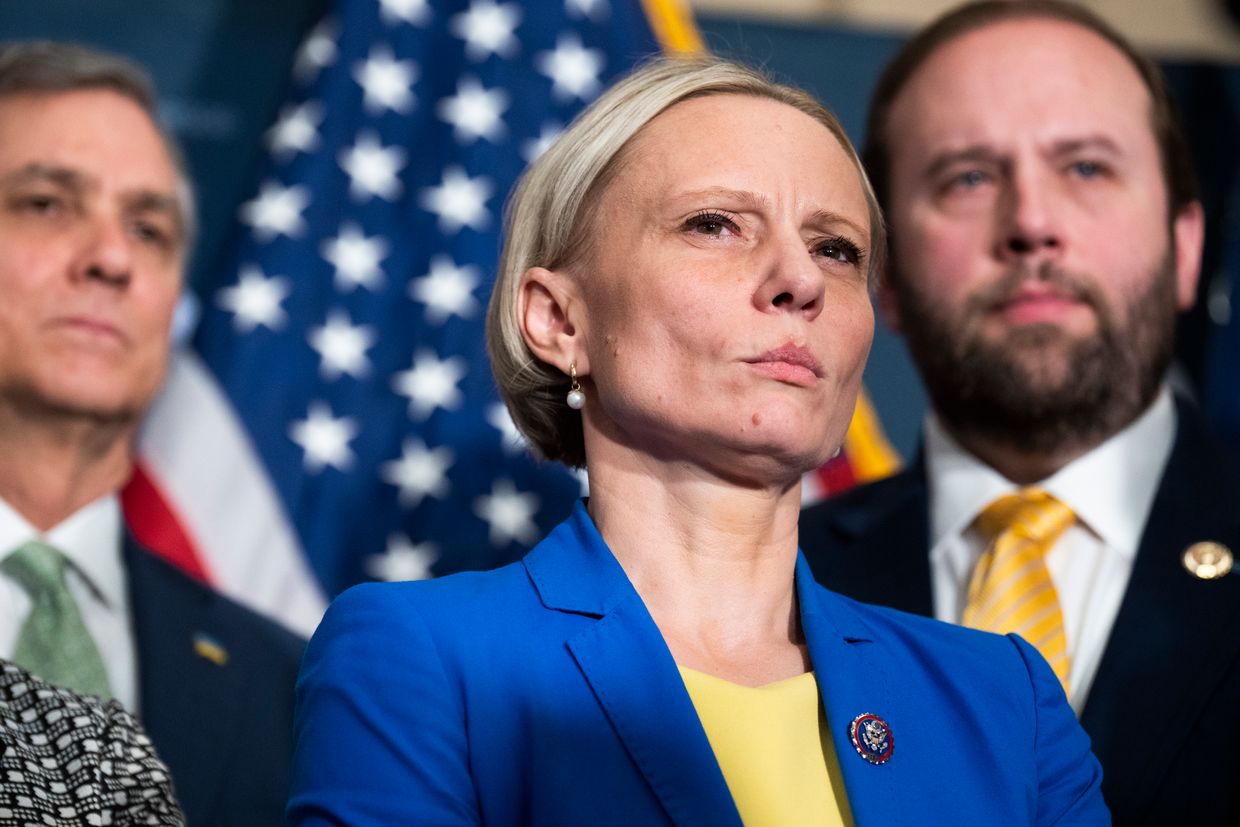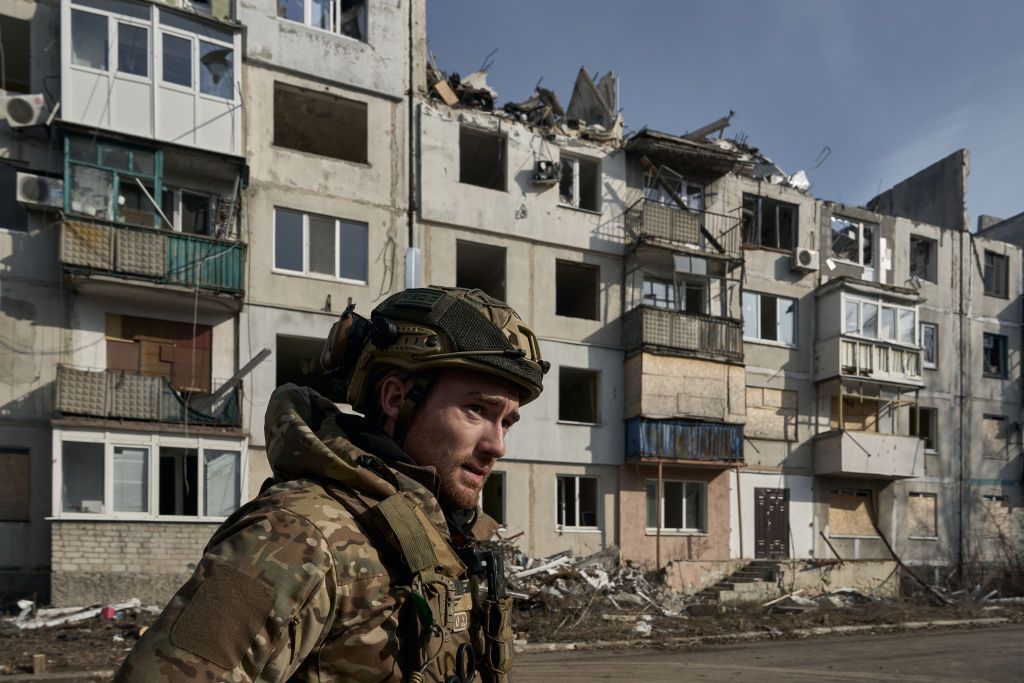One thousand days ago, at 4 a.m. Kyiv time, Russia launched a full-scale invasion of Ukraine, the deadliest military conflict in Europe since World War II.
For 1,000 days, Ukraine has been defending against the Russian military, well-equipped and superior in numbers of weapons and people deployed.
Each new stage of the war, which in total is ongoing for over 10 years, is filled with new challenges and key moments that decide the war's next turn.
Ukraine has fended off the initial invasion in the first few months and fought a deadly battle for the city of Mariupol that ended in Kyiv's withdrawal and the capture of several thousand Ukrainian soldiers. Ukraine launched a successful counteroffensive in 2022, liberating northern Kharkiv Oblast and the southern regional capital of Kherson. Ukraine lost the battles of Bakhmut, Avdiivka, and Vuhledar, and failed to achieve a major breakthrough during the 2023 counteroffensive. Russian troops are now actively advancing in the country's east and a few kilometers away from recapturing Kupiansk, the city liberated by Ukraine in 2022.
"One thousand days of a tough and fierce battle for our existence. For the future of Ukraine and each of us," Commander-in-Chief Oleksandr Syrskyi said on Nov. 19, adding that the total front line now stretches over 1,000 kilometers.
The Kyiv Independent has compiled a photo gallery of the key events that took place during a nearly three-year-long all-out war that killed hundreds of thousands and displaced millions of others.
Start of the war
Around 5 a.m. on Feb. 24, 2022, the first Russian missiles hit Ukrainian cities as Russian President Vladimir Putin declared the start of what he called "a special military operation."
This was the start of an all-out war.
Martial law was declared in Ukraine, and thousands of citizens took up arms — some joined the ranks of the Armed Forces of Ukraine, while others became involved in the territorial defense of their cities, towns, and villages.
In the first days of the full-scale invasion, millions of Ukrainians left their homes in the north, south, and east of the country, moving further to the west. Millions fled abroad.
According to the U.N., as of the end of September 2024, over 6 million Ukrainians had temporary protection in the EU. Almost 600,000 more Ukrainians were granted protection outside of Europe. Poland and Germany hosted the largest number of Ukrainian citizens.
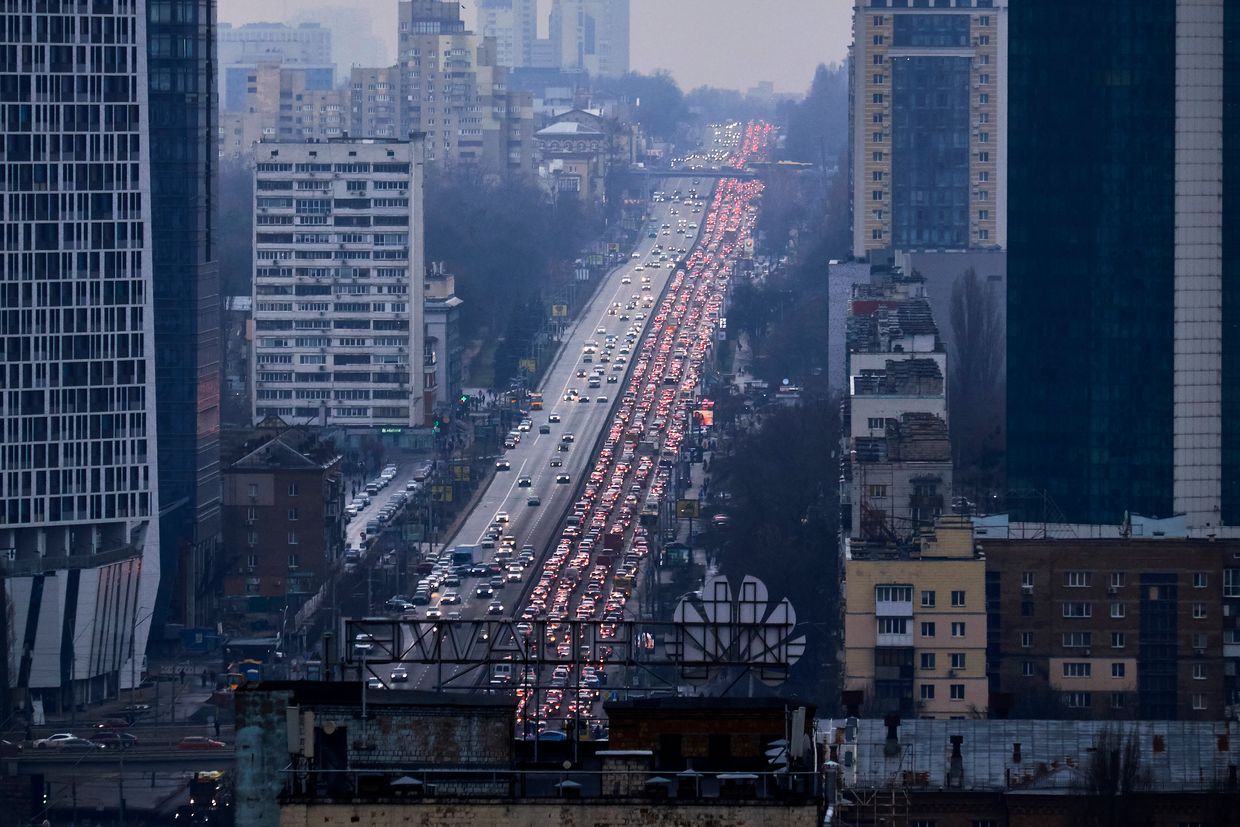
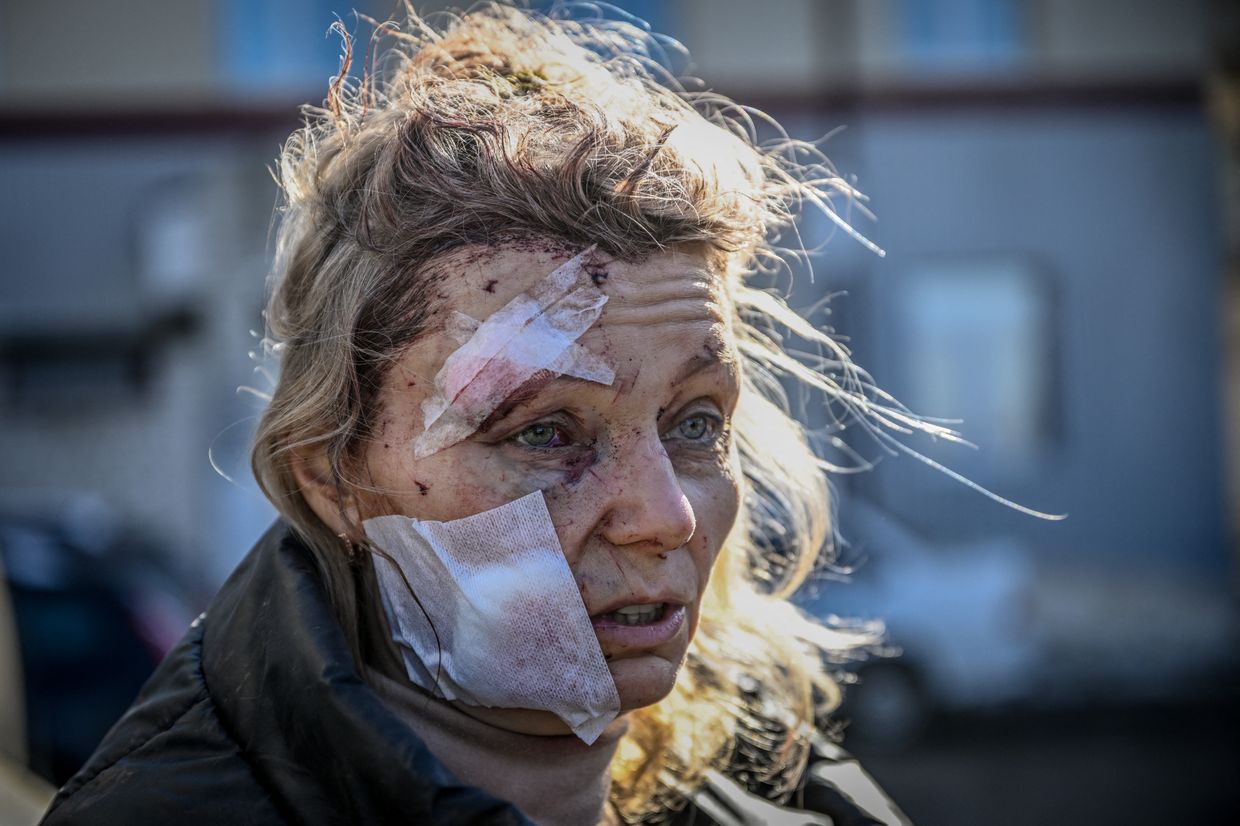
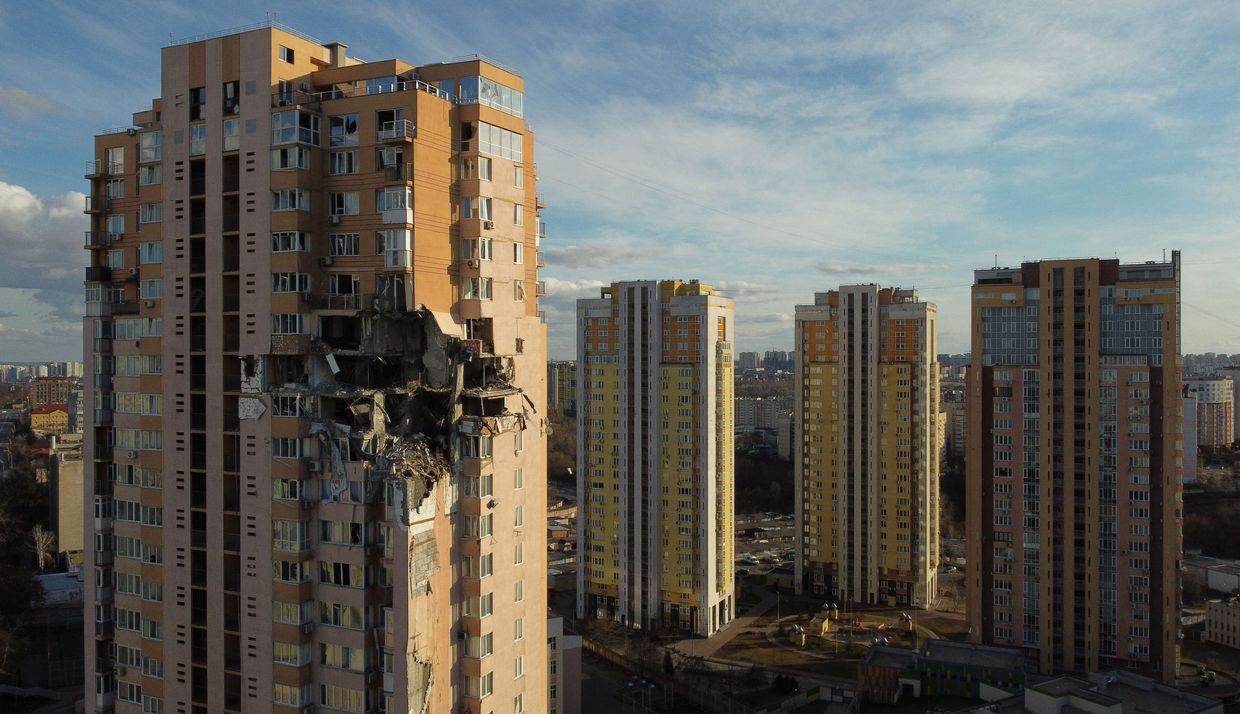
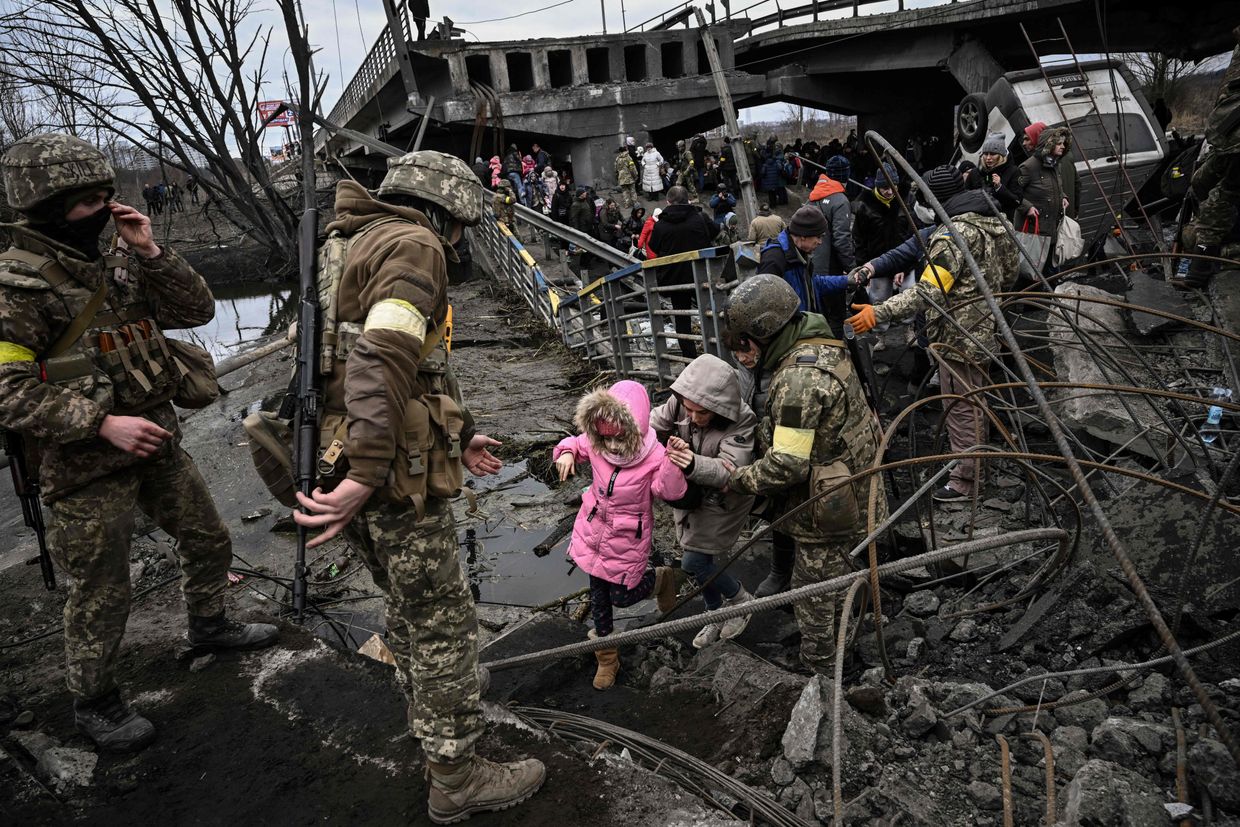
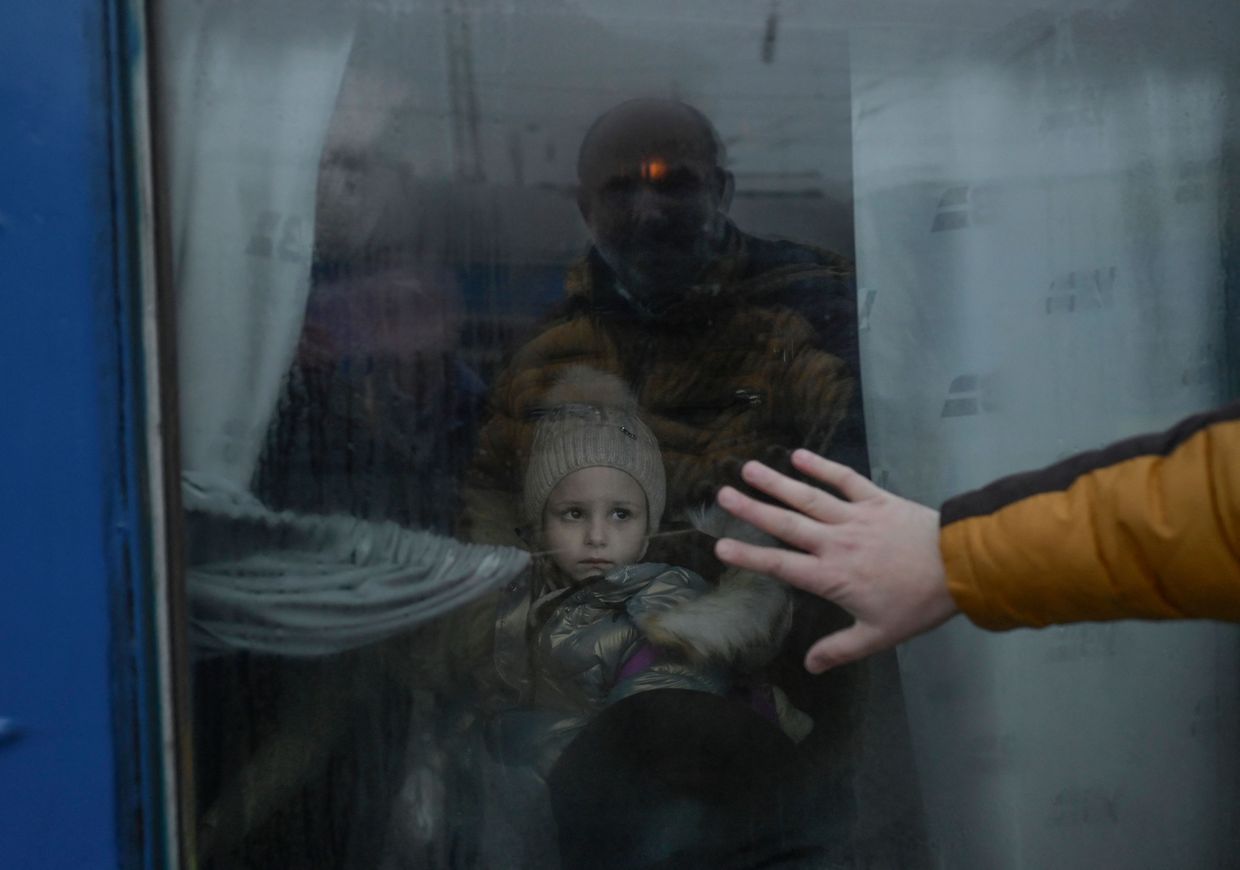
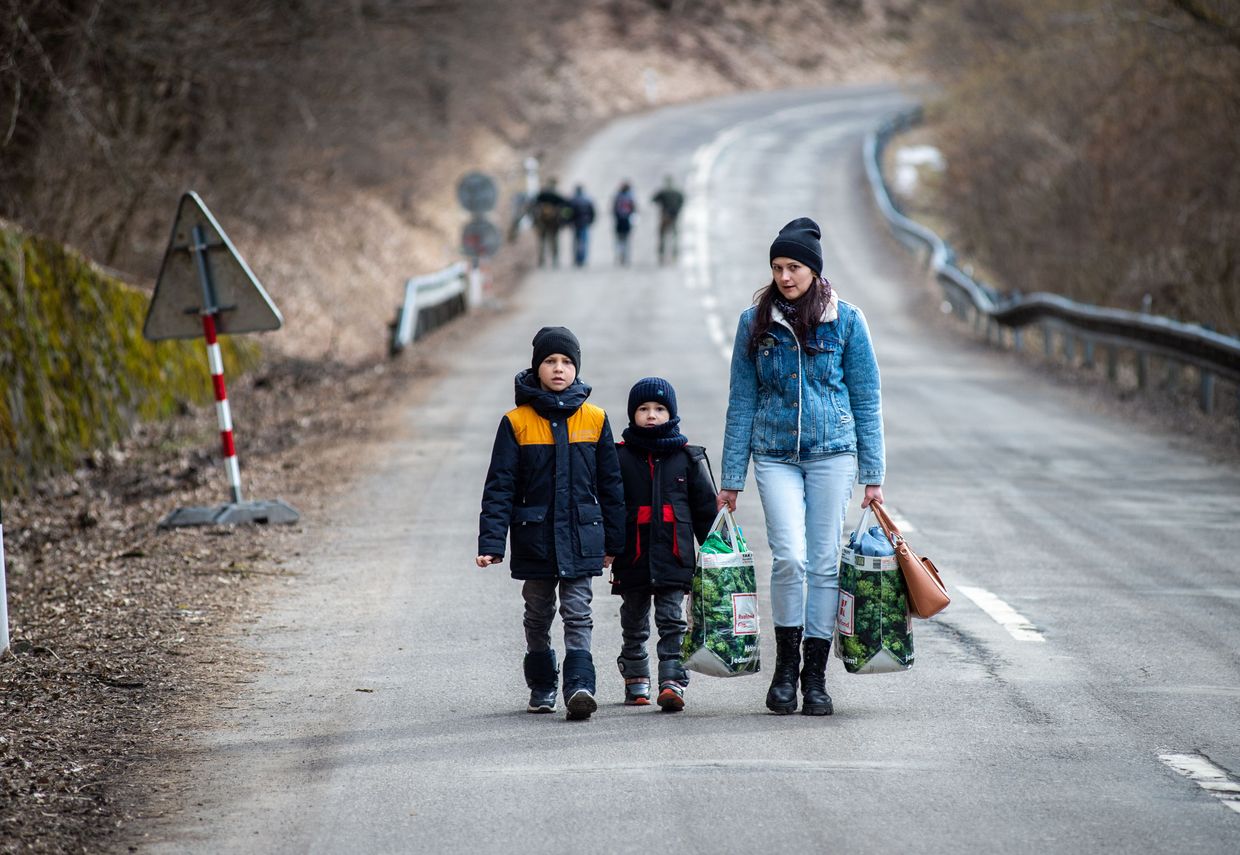
Bucha
Russian troops entered Bucha in Kyiv Oblast on Feb. 27, 2022. The town, about 35 kilometers (21 miles) northwest of Kyiv, was occupied for 33 days.
When Ukrainian forces liberated Bucha, they discovered numerous mass graves, torture chambers, and evidence of mass killings of civilians. Some bodies were lying in the street, and many unarmed civilians had their hands tied behind their backs.
Law enforcement officers recorded over 9,000 war crimes committed by the Russian army during the occupation of the Bucha district in Kyiv Oblast. More than 1,700 civilians were killed, including nearly 700 in the town of Bucha.
In 2024, a wall of remembrance was installed in Bucha, consisting of several steles. Each has plaques with the names of the victims engraved on them. Currently, the memorial contains 509 names of civilians who have been identified. Some plates are still nameless.
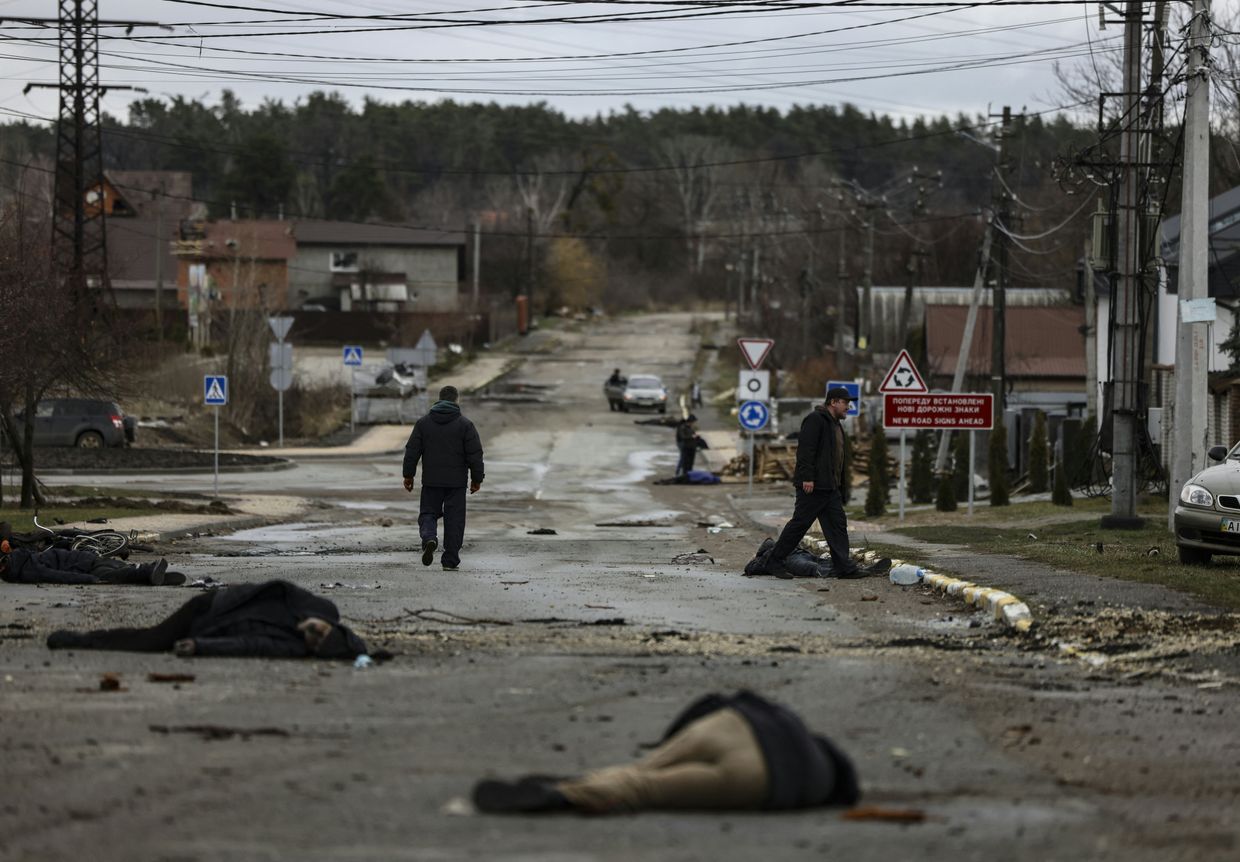
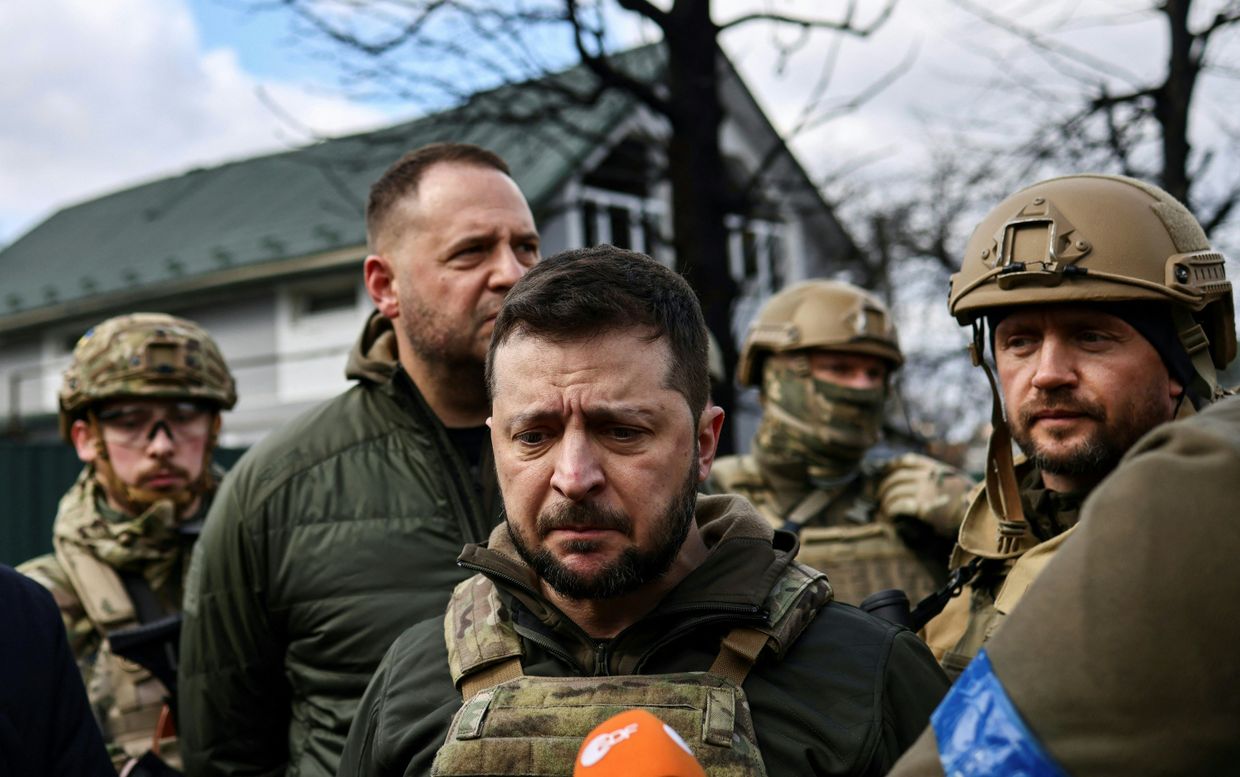
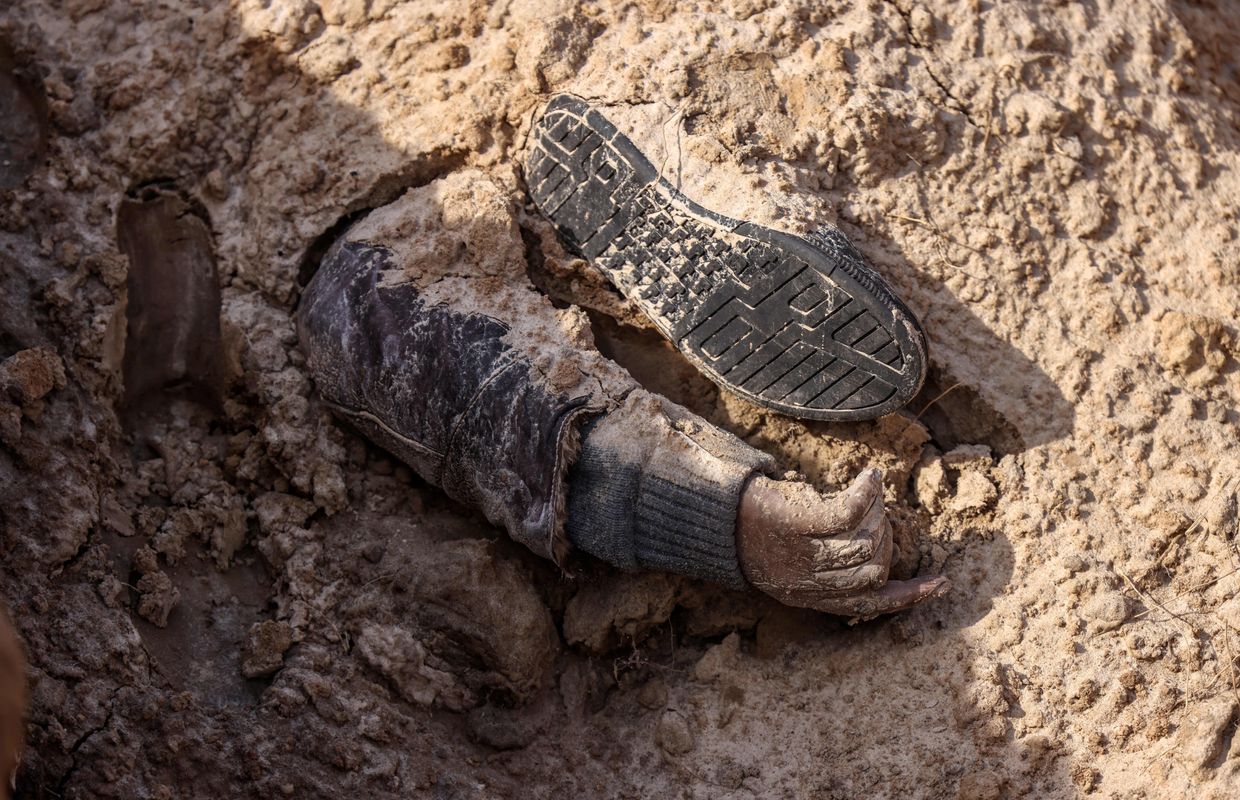
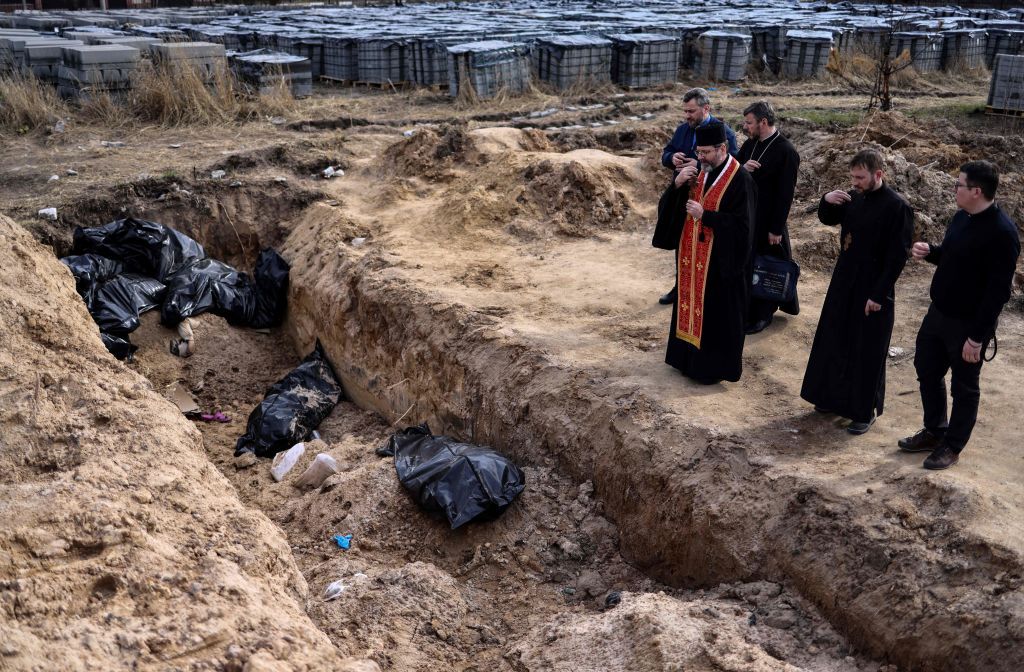
Mariupol
The defense of Mariupol lasted from Feb. 24 until May 20, 2022, following the Mariupol garrison surrender of the Azovstal, a steel plant. The battle lasted for 86 days, 82 of which the city was under siege, cut off from the rest of Ukraine-held territory.
With Mariupol surrounded, thousands of residents died from hunger, lack of medicine, and direct Russian attacks. The Russian military bombed the maternity hospital and the Drama Theater, where civilians were hiding. The Russian military damaged or destroyed 80% of all residential buildings in the city.
Some of the Russian war crimes were caught on tape by Ukrainian journalists Mstyslav Chernov, Evgeniy Maloletka, and Vasilisa Stepanenko. Their footage became the centerpiece of the Academy Award-winning documentary "20 Days in Mariupol."
Mariupol has been under occupation for over two years. Russia is actively displacing the local population. Civilians are disappearing in Mariupol. Those who are willing to leave the occupied territories are forced to undergo often humiliating and deadly checks, called filtrations.
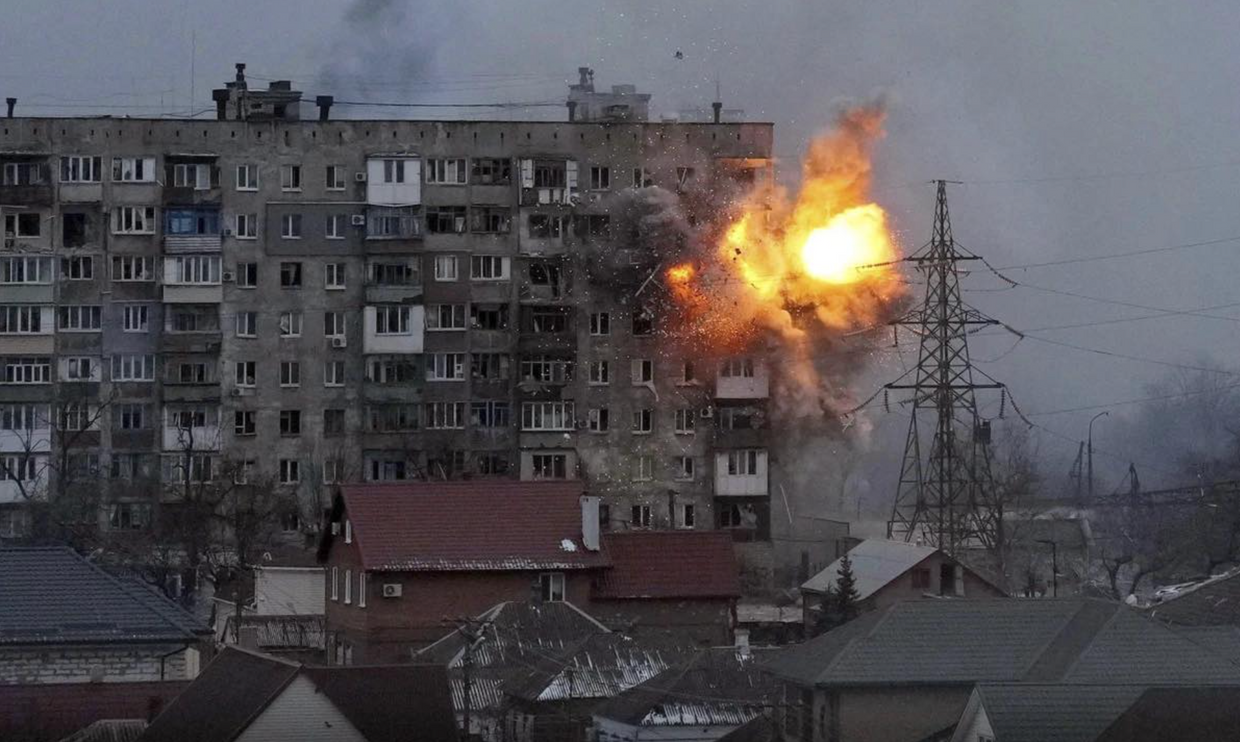
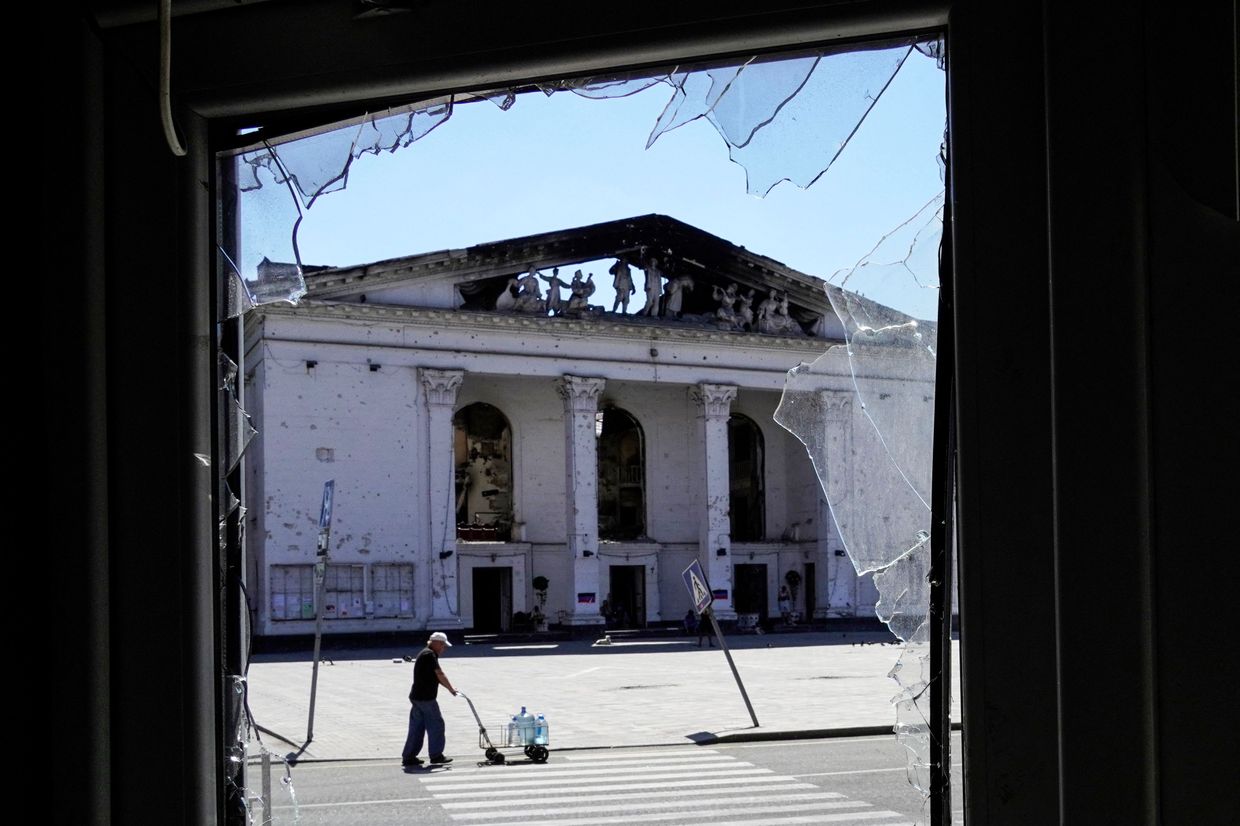

Kherson
In early March 2022, the Russian military seized Kherson, the only regional center that the Russian army was able to capture after the start of the full-scale invasion.
Ukrainian forces liberated the city in mid-November of the same year during a large-scale counteroffensive in the country's south. On Nov. 11, 2022, Kherson residents met the Ukrainian Armed Forces on Freedom Square. At that time, the city had no electricity, communication, or Internet, so strangers passed on the news of Kherson's liberation to each other.
For over two years, the liberated Kherson continued to live under almost round-the-clock attacks by Russian troops from the occupied eastern bank of the Dnipro River. The Russian army is attacking Kherson with mortars, artillery, and aircraft, dropping explosives from drones, and remotely mining coastal areas.
In June 2023, the Russian-occupied Kakhovka Dam was destroyed from within, which led to the flooding of substantial parts of Kherson Oblast, including the city of Kherson. The number of victims is still unknown, with Russia denying humanitarian organizations access to the flooded villages located on the Russian-occupied part of the river.
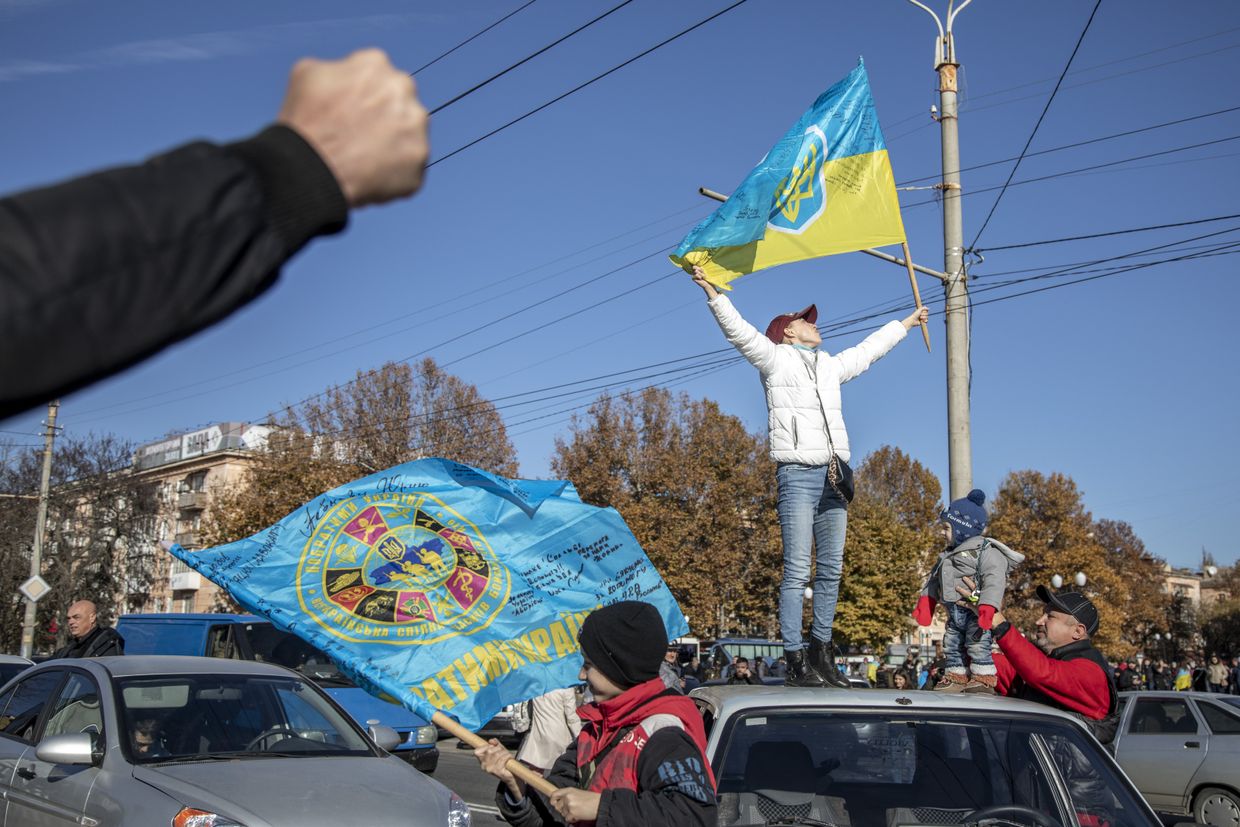
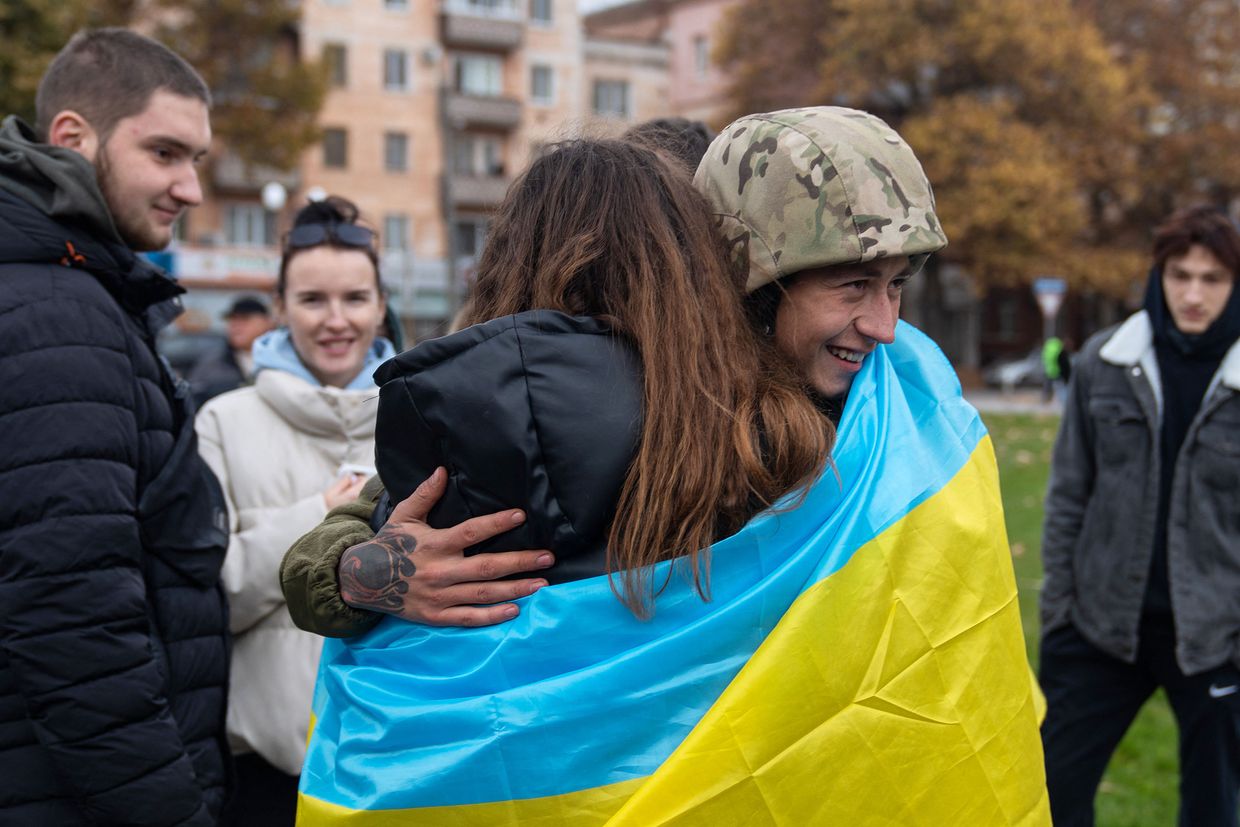
Mobilization in Russia
Russian President Vladimir Putin declared partial mobilization only once, on Sept. 21, 2022. In late October that year, Putin said the mobilization was over but did not sign a decree that would officially end such practice.
Although Russia continues to advance in Donetsk and Zaporizhzhia oblasts, Russian troops are suffering heavy losses. The growing shortage of soldiers is prompting Russia to increase recruitment and offer substantial signing bonuses for soldiers willing to fight.
In October 2024, Ukrainian officials reported that over 10,000 North Korean soldiers were now located in Russia's Kursk Oblast, ready to be deployed to the front lines.
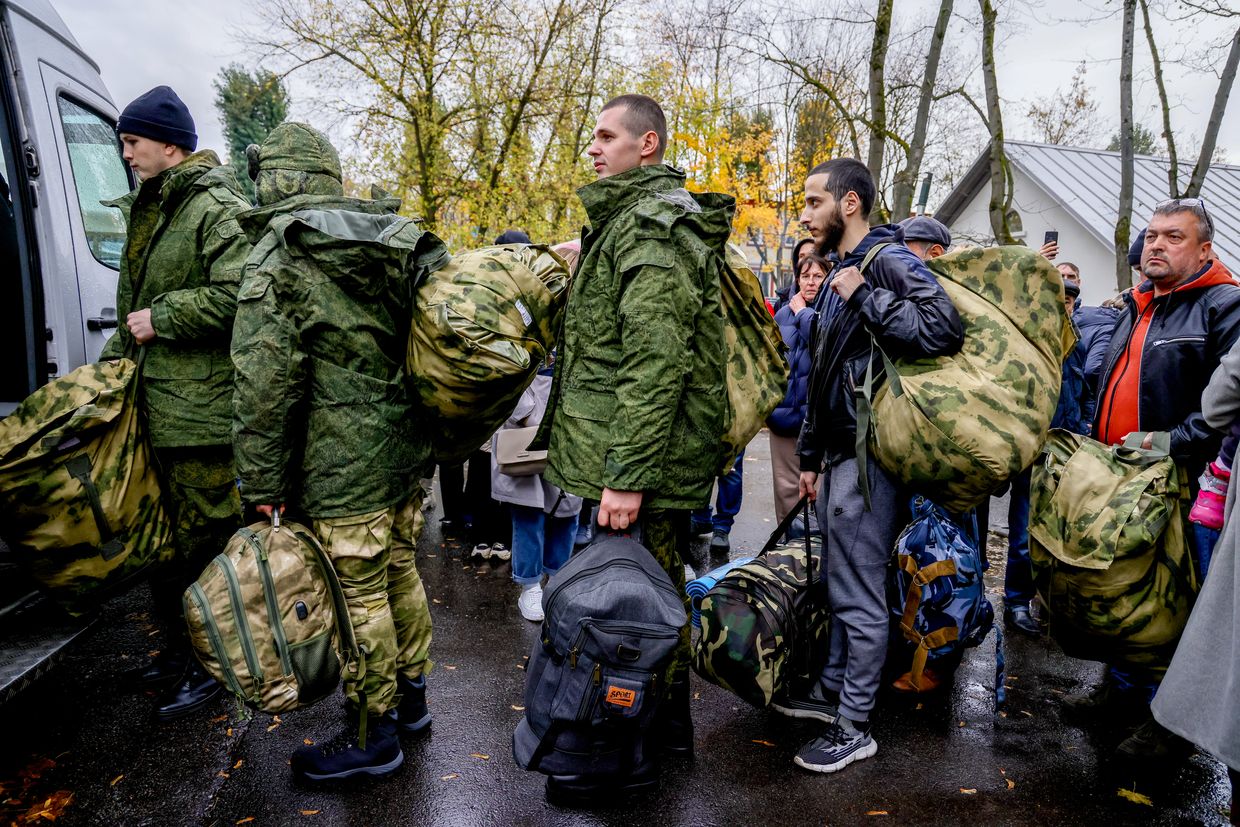
Zelensky's diplomatic effort
Since the start of the all-out war, President Volodymyr Zelensky has taken a leading role in attempting to mobilize support for Ukraine.
Zelensky addressed both chambers of the U.S. Congress during his visit to Washington on Dec. 22, 2022. Zelensky thanked the U.S. for its support, saying, "Your money is not charity. It is an investment."
"Despite all the unpredictable events, Ukraine has not fallen," Zelensky said, adding that this achievement is possible due to the strong international support. Zelensky added that the war cannot be "frozen or postponed."
Nearly two years after Zelensky's speech in Congress, the political situation has shifted. U.S. President-elect Donald Trump has promised to end the war "in 24 hours," while praising Vladimir Putin of Russia.
Trump's inner circle had gone even further, throwing constant jabs at Ukraine and its president.
Ukraine is set to enter 2025, uncertain about its survival or whether its main ally would turn against the country at war.

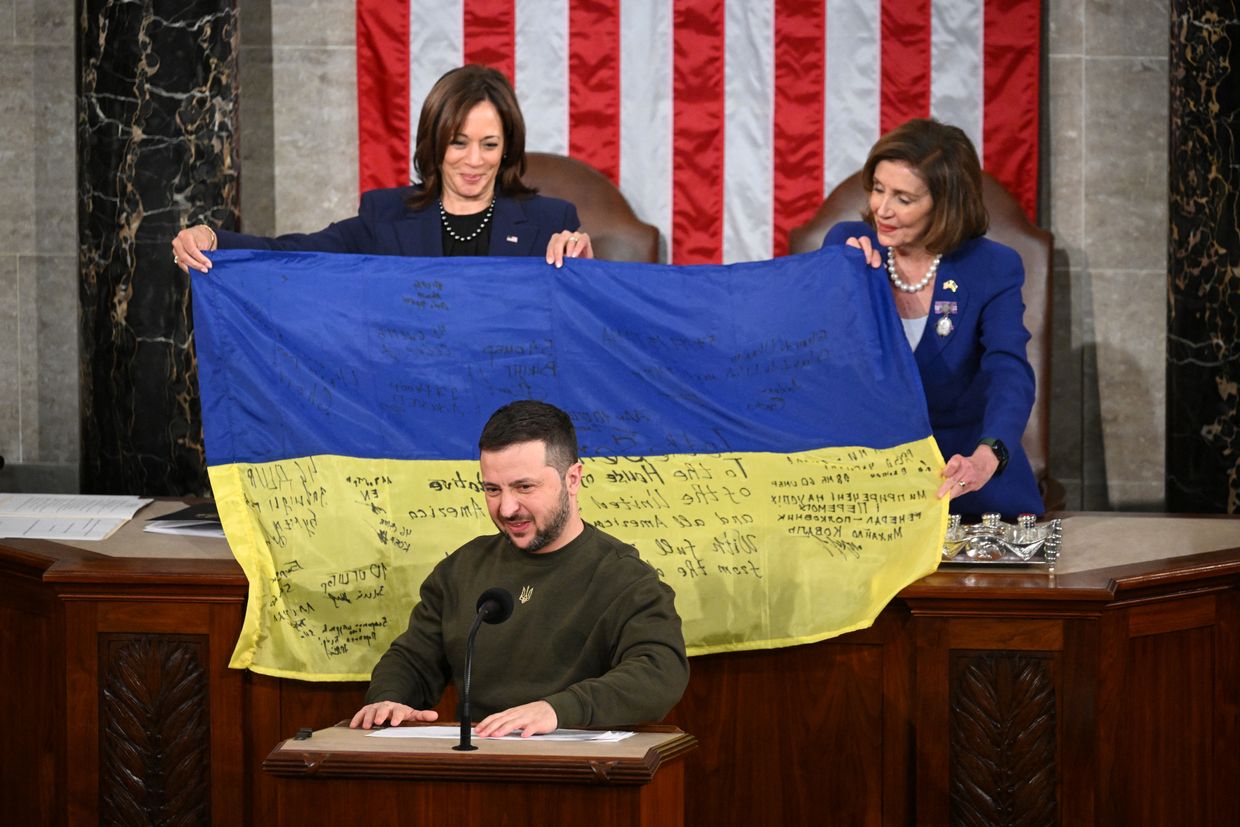
Throughout the full-scale invasion, the Ukrainian government, led by Zelensky, has been making efforts to gather allies to help Ukraine defend against Russia.
In April 2022, the Contact Group on Ukraine's Defense, also known as the Ramstein format, was established, bringing together more than 50 allied countries. Eight coalitions, including the Drones, Aviation, and Air and Missile Defense Coalition, were established within the Ramstein framework to enhance assistance to Ukraine.
In 2024, Ukraine held its first peace summit, where Zelensky presented his peace formula. Delegations from 92 countries and eight international organizations joined the event hosted by Switzerland. The communiqué was signed by 94 countries and organizations.
Blackouts
In October 2022, Russia began mass missile strikes against Ukraine's energy infrastructure that soon became a common feature of the war.
Russia's large-scale attack on Ukraine on Nov. 28, 2022, resulted in an emergency shutdown of all the country's nuclear reactors. It was the first time Ukrainian cities faced major blackouts.
Today, due to constant Russian attacks on critical infrastructure, rolling blackouts and the sound of generators on the streets are a regular occurrence.
Zelensky said in September that past Russian attacks had destroyed all of Ukraine's thermal power plants and almost all hydroelectric capacity.
According to an International Energy Agency (IEA) report, Ukraine's electricity shortage could reach 6 gigawatts this winter due to the attacks, about one-third of the expected peak demand.
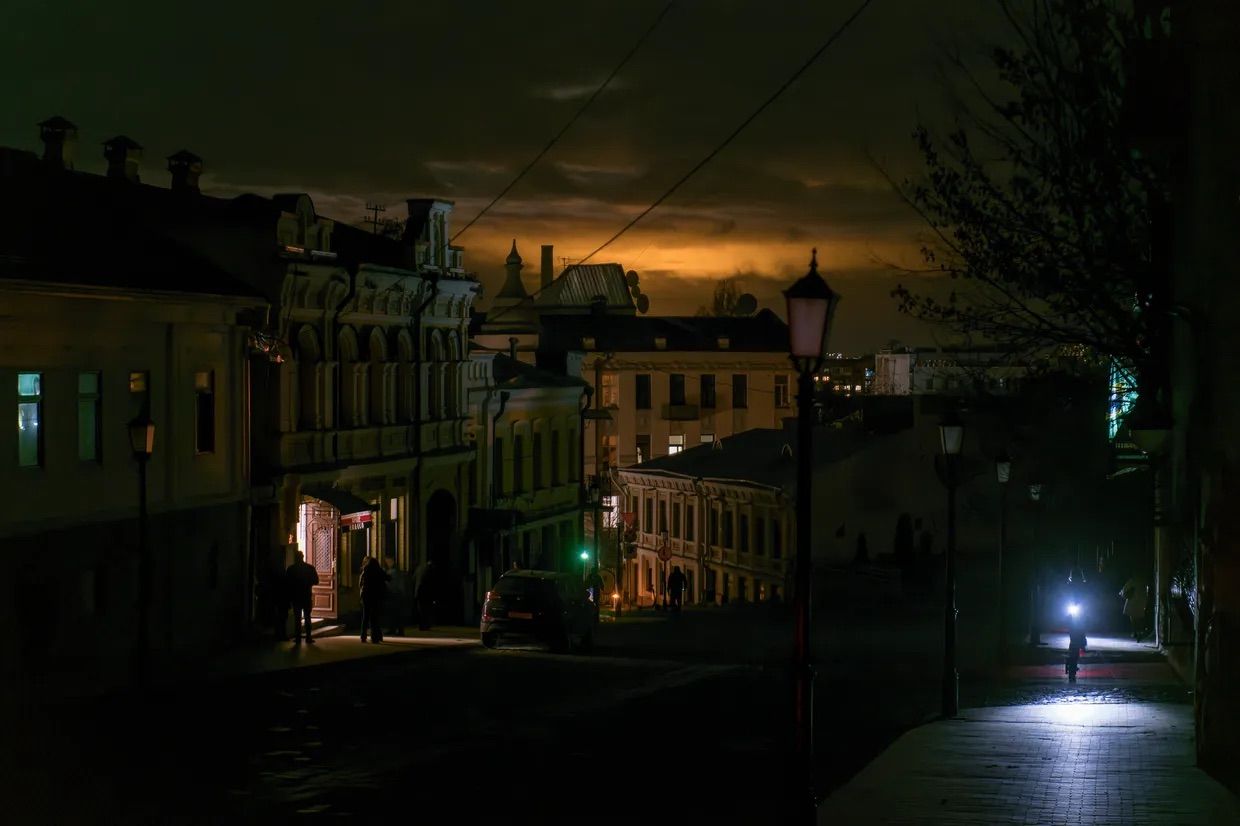
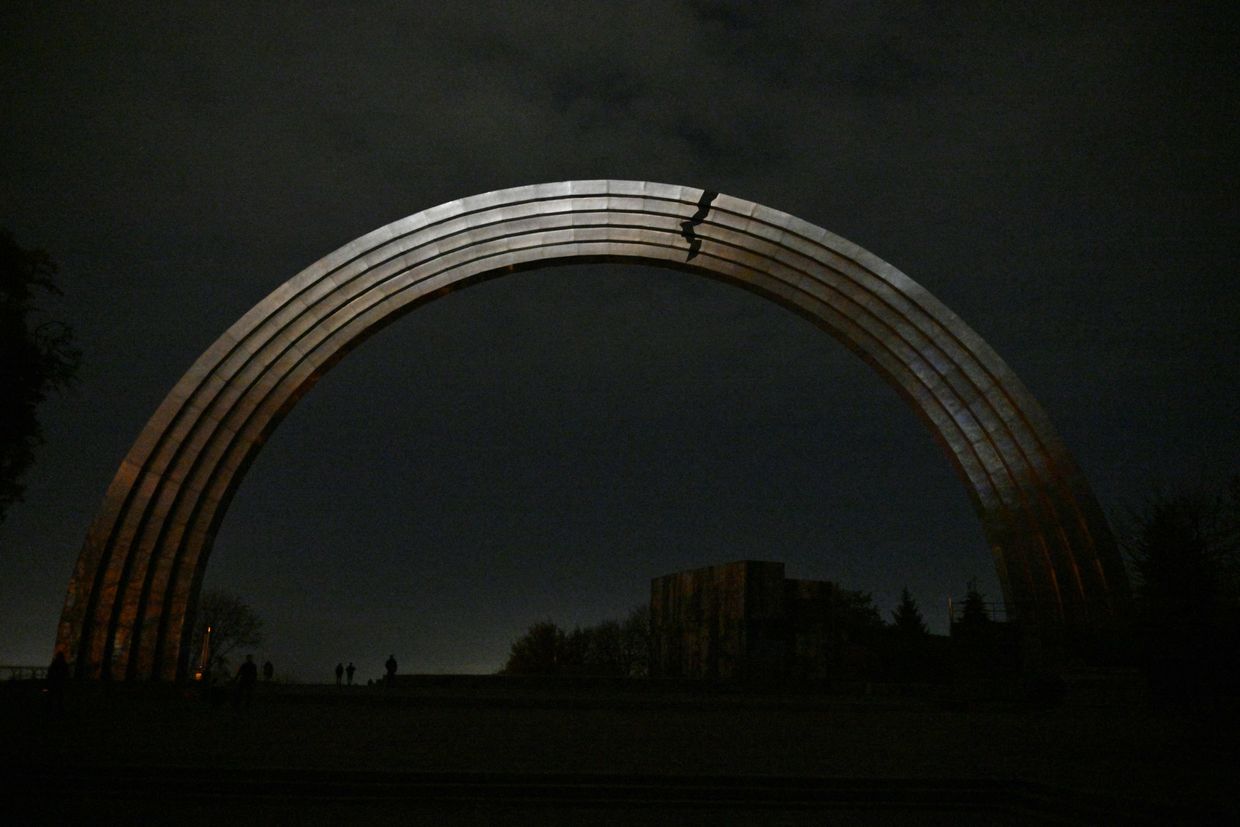
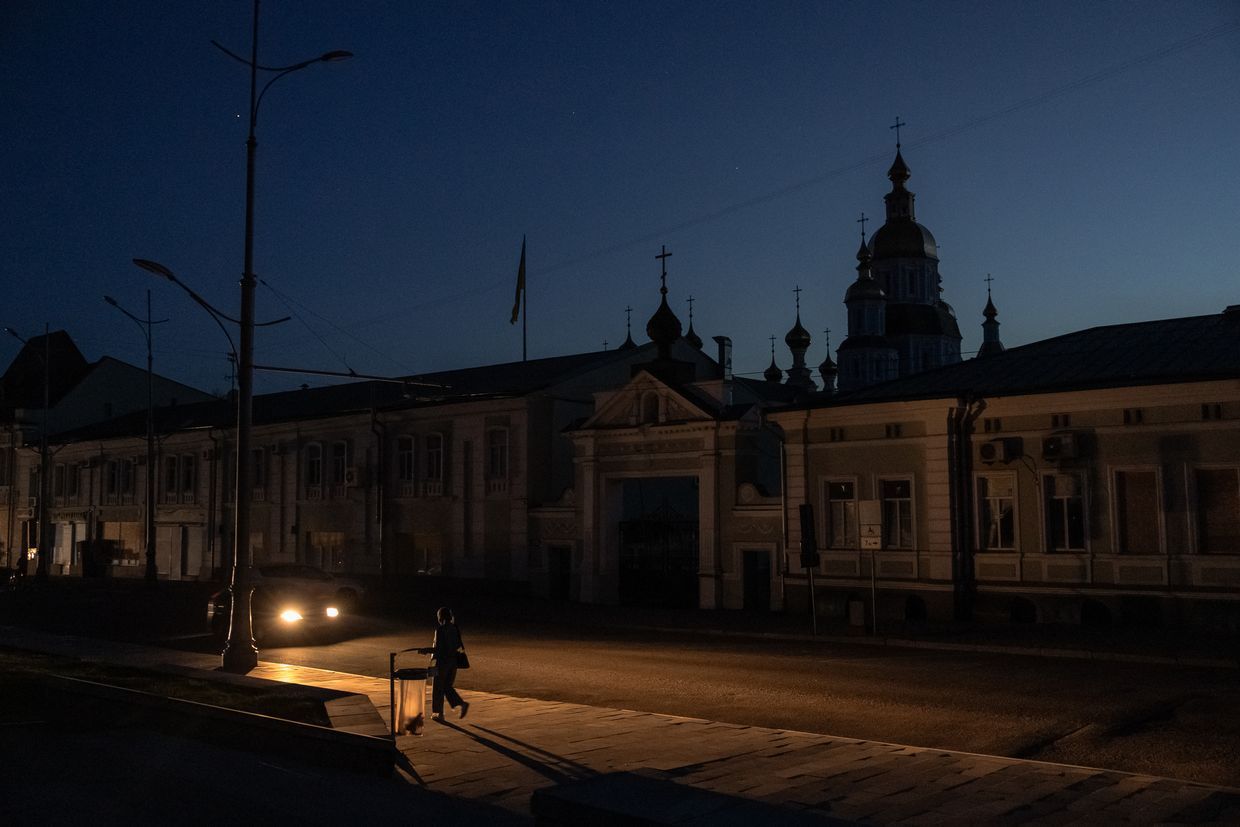
Dnipro apartment building attack
A Russian missile hit a multi-story building in the Peremoha residential area in Dnipro on Jan. 14, 2023, killing 46 people, including six children. The attack also injured about 80 people.
The search and rescue operation involved 450 Emergency Service workers who worked in shifts of 12 hours. Thirty-six people were rescued from the rubble, and the search and rescue operation lasted almost 70 hours.
This attack remains one of the deadliest Russian attacks on civilians since 2022.
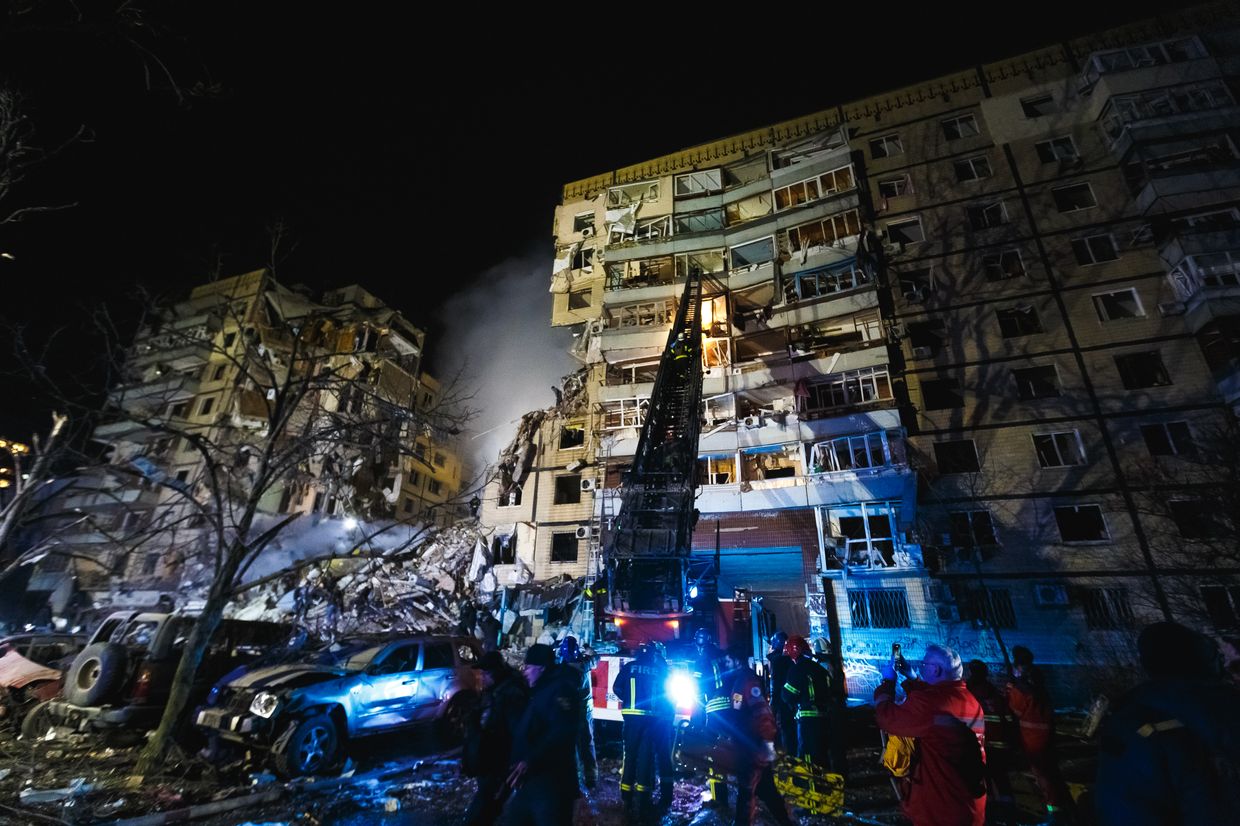
Bakhmut
The Battle of Bakhmut was called the bloodiest since the beginning of the Russian invasion of Ukraine and the bloodiest infantry battle since World War II.
Russian losses were estimated at 60,000 killed and wounded, one for every half meter of captured territory, according to the British government.
The Russian army struck Bakhmut in Donetsk Oblast with all types of weapons, burning and destroying everything in its path. The siege of Bakhmut was conducted by the Wagner Group mercenaries employed by Russia.
Warlord Yevgeny Prigozhin, the leader of the mercenaries, gained substantial powers and became increasingly tangled in conflict with the Russian Defense Ministry and the country's Armed Forces.
On May 21, 2023, Zelensky said that Bakhmut was completely destroyed: "They destroyed all the buildings. It's sad, but today, Bakhmut is only in our hearts."
The battle for the city lasted almost 10 months.
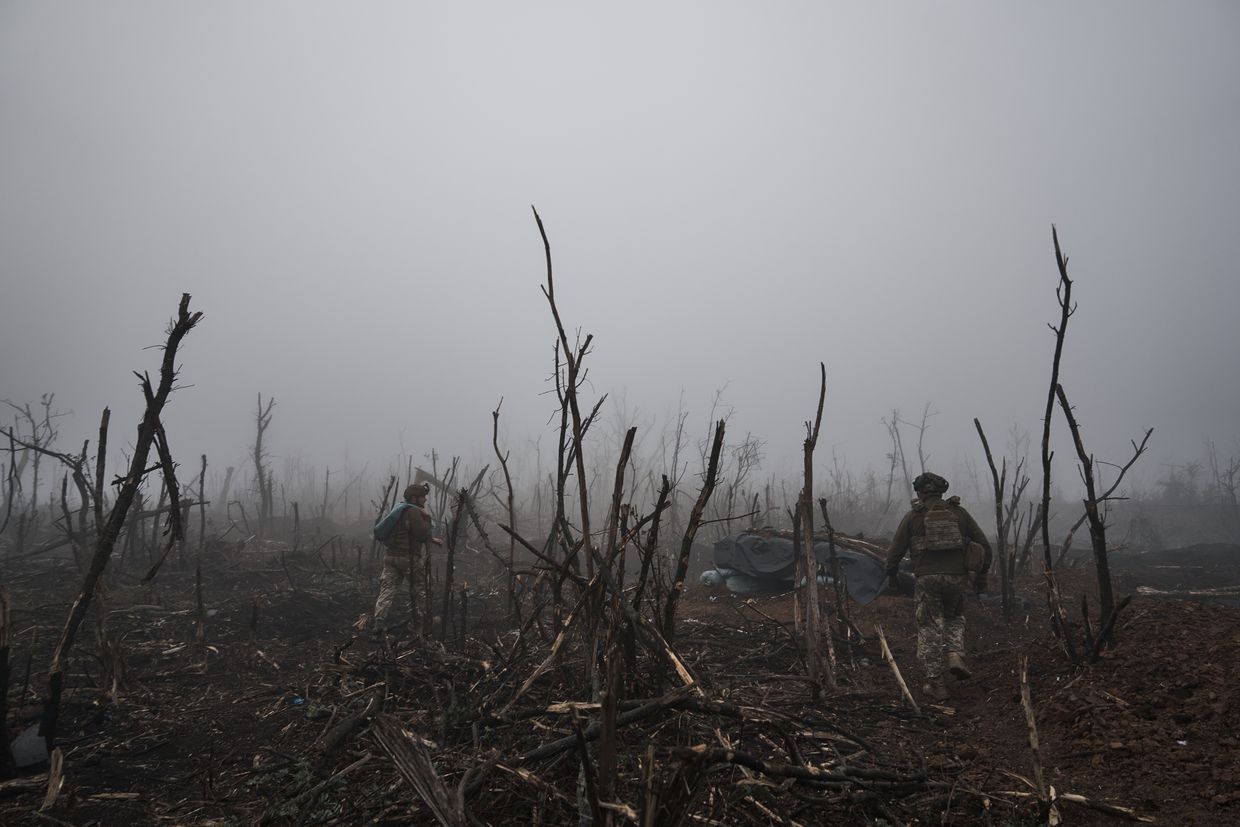
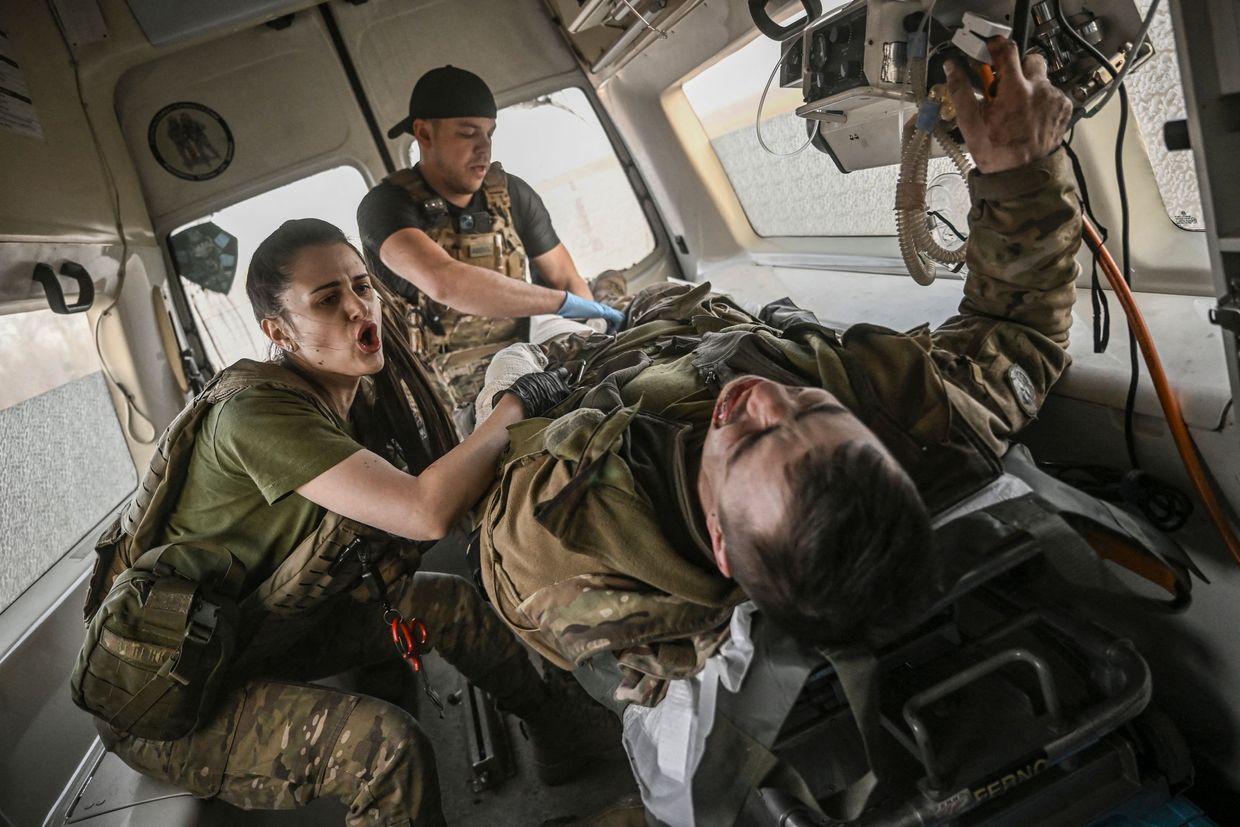
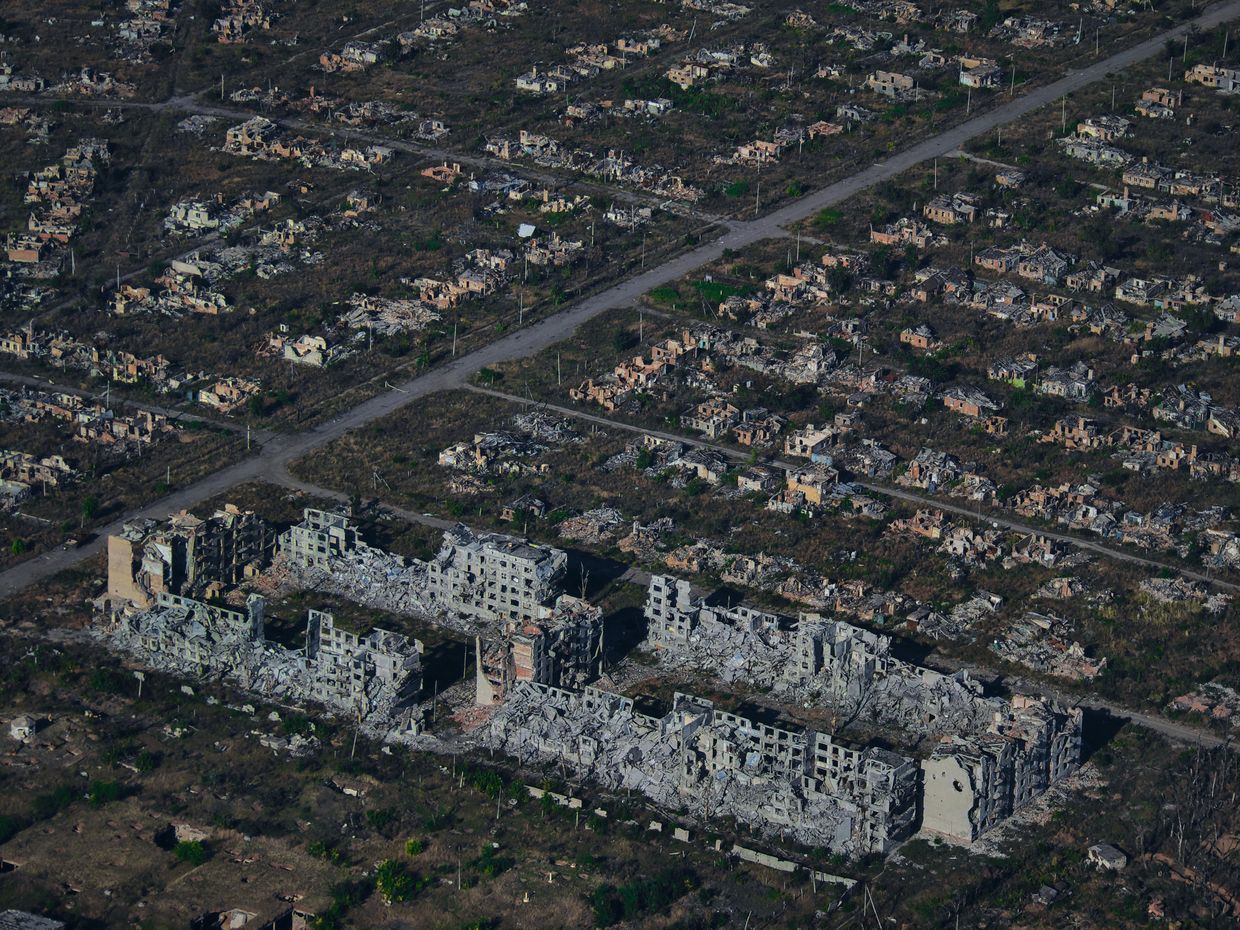
2022, 2023 counteroffensives
In the summer and fall of 2022, Ukrainian forces conducted their most successful counteroffensive campaign to date, liberating dozens of settlements in Kharkiv and Kherson oblasts that had been seized at the beginning of the full-scale invasion.
The active phase of the Ukrainian counteroffensive lasted about three months and ended on Nov. 11, 2022, with the liberation of the city of Kherson. On the Kharkiv sector of the front line, the Ukrainian military liberated almost the entire oblast, namely about 6,000 square kilometers (2,316 square miles).
In 2023, Ukraine was eager to repeat the feat. However, the 2023 counteroffensive didn't deliver substantial results. The months-long push resulted in the liberation of the town of Robotyne in the southern Zaporizhzhia Oblast and an increased loss of soldiers and military equipment.
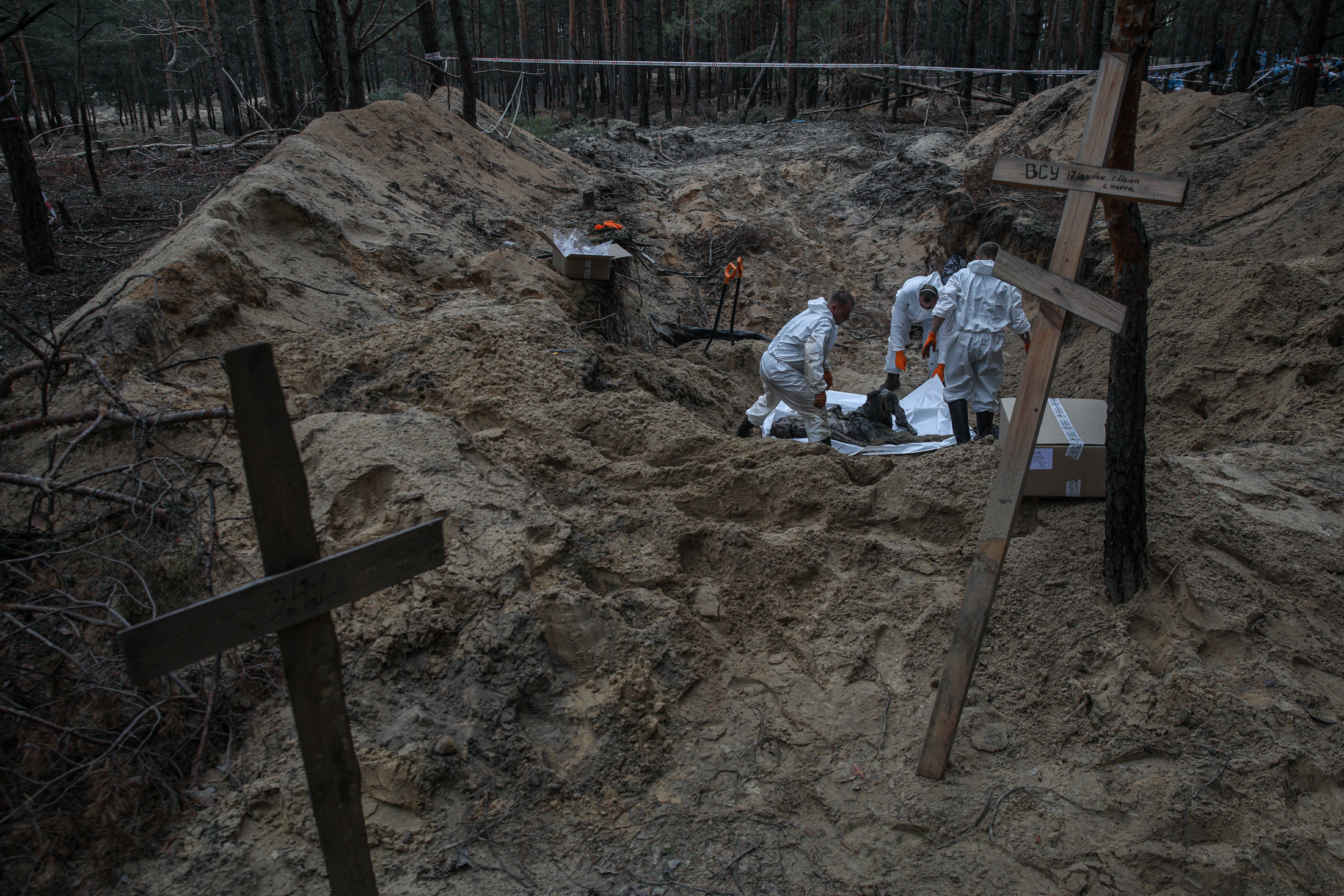
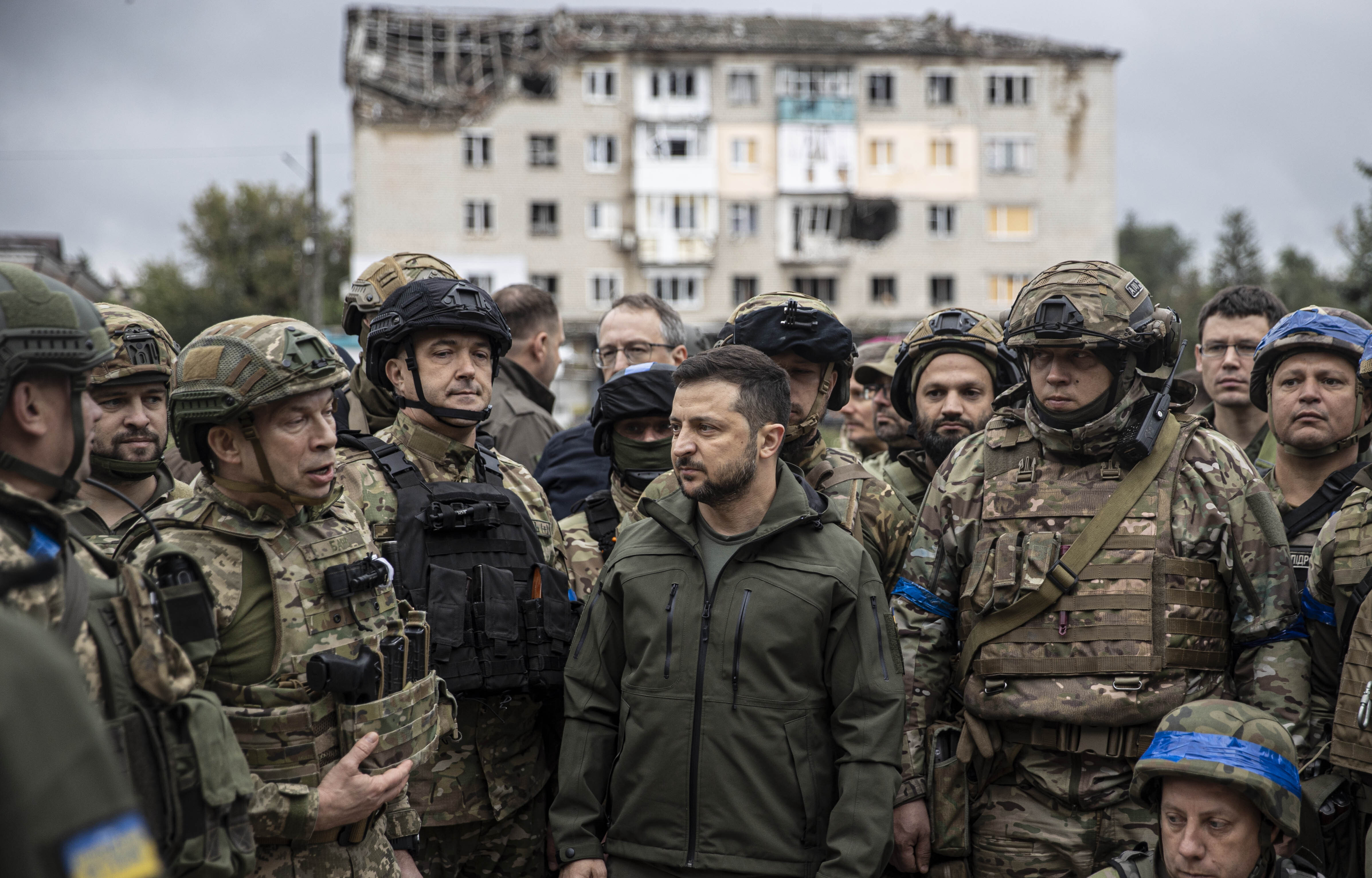
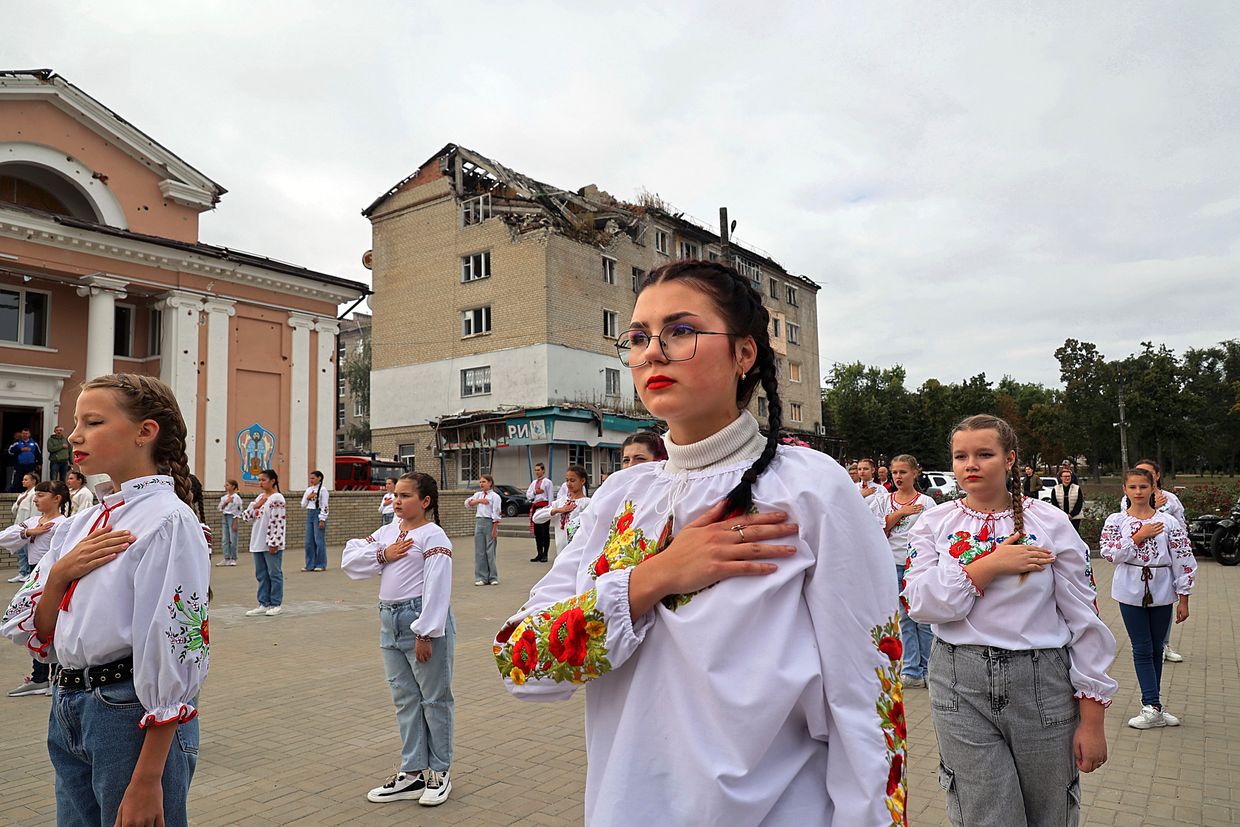
Kakhovka Dam
Russian troops blew up the Kakhovka Hydroelectric Power Plant and the adjacent dam in Kherson Oblast on June 6, 2023, causing a large-scale humanitarian and environmental disaster across southern Ukraine.
The floods caused by the breach killed at least 32 people in Ukrainian-held territories, according to Ukraine's Defense Ministry.
Russia, in turn, claimed that 59 people died in the territory it occupies, while an Associated Press investigation discovered that in the town of Oleshky alone, the number is at least in the hundreds.
Tens of thousands of people were affected, and hundreds of thousands were left without access to clean drinking water, Zelensky said in June 2024, marking the first anniversary of the event.
"It was a deliberate and premeditated crime," Zelensky said.
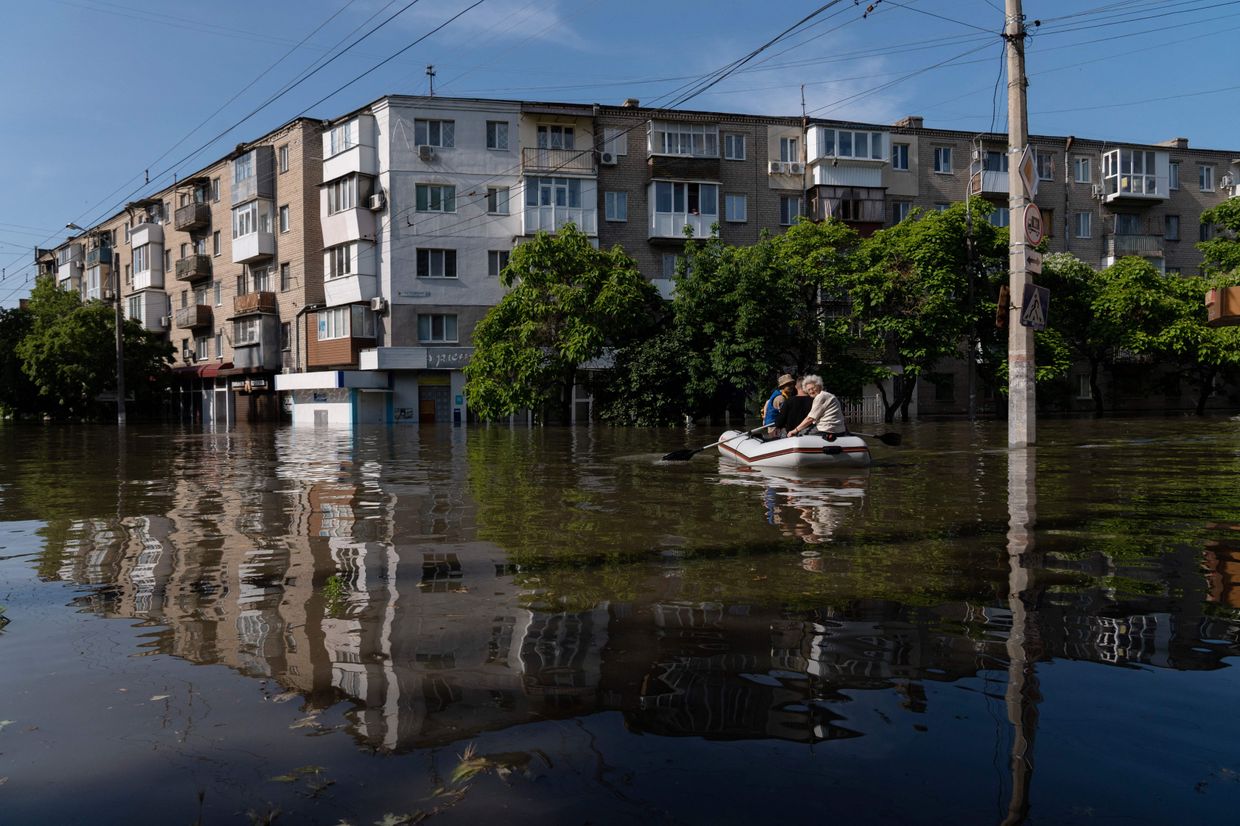
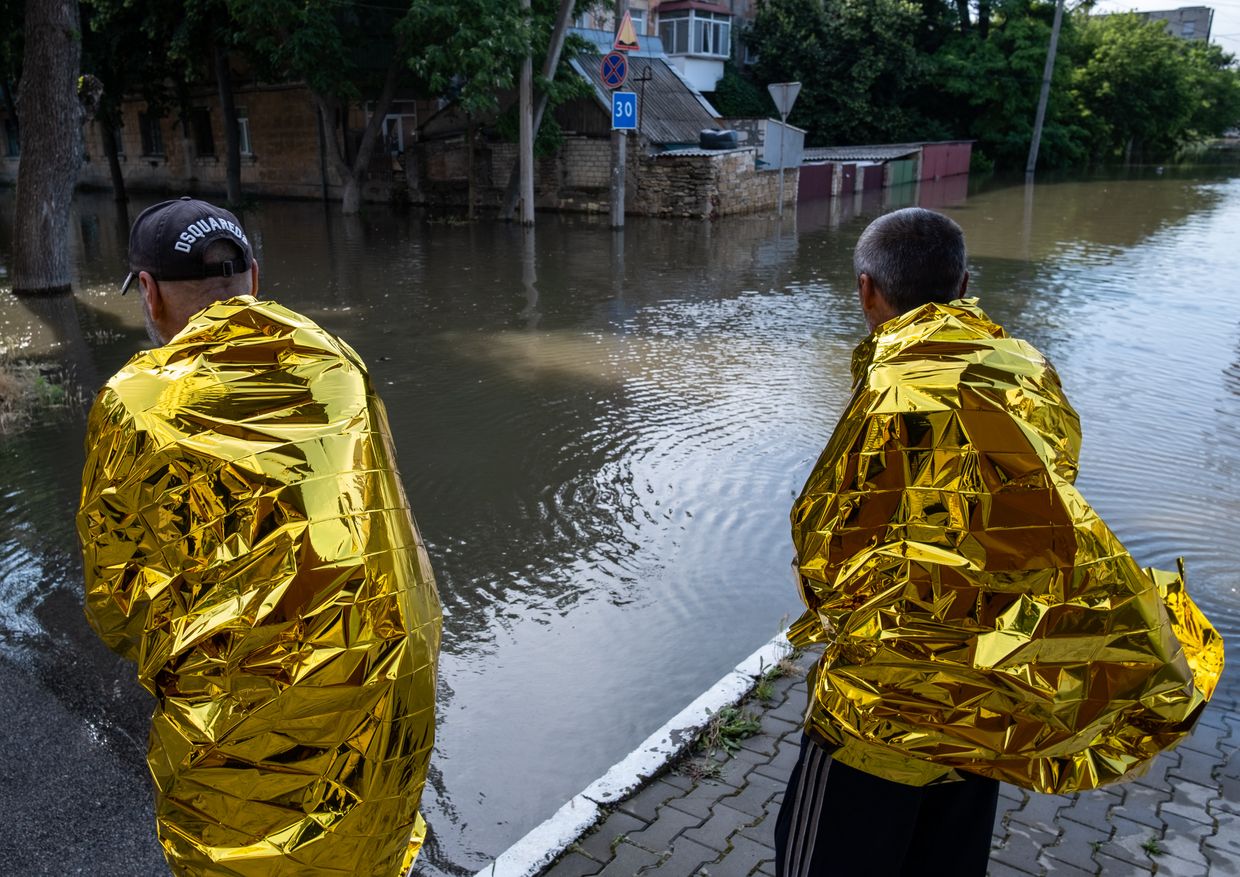
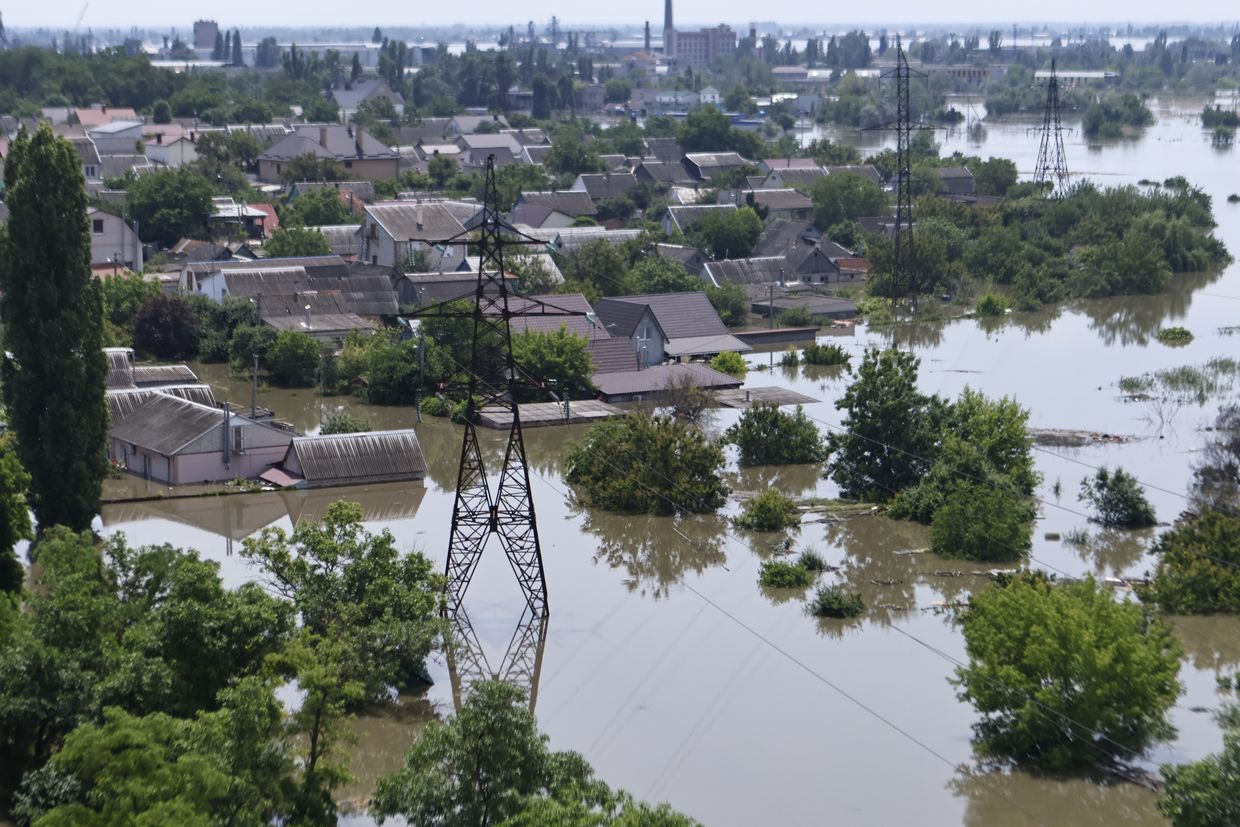
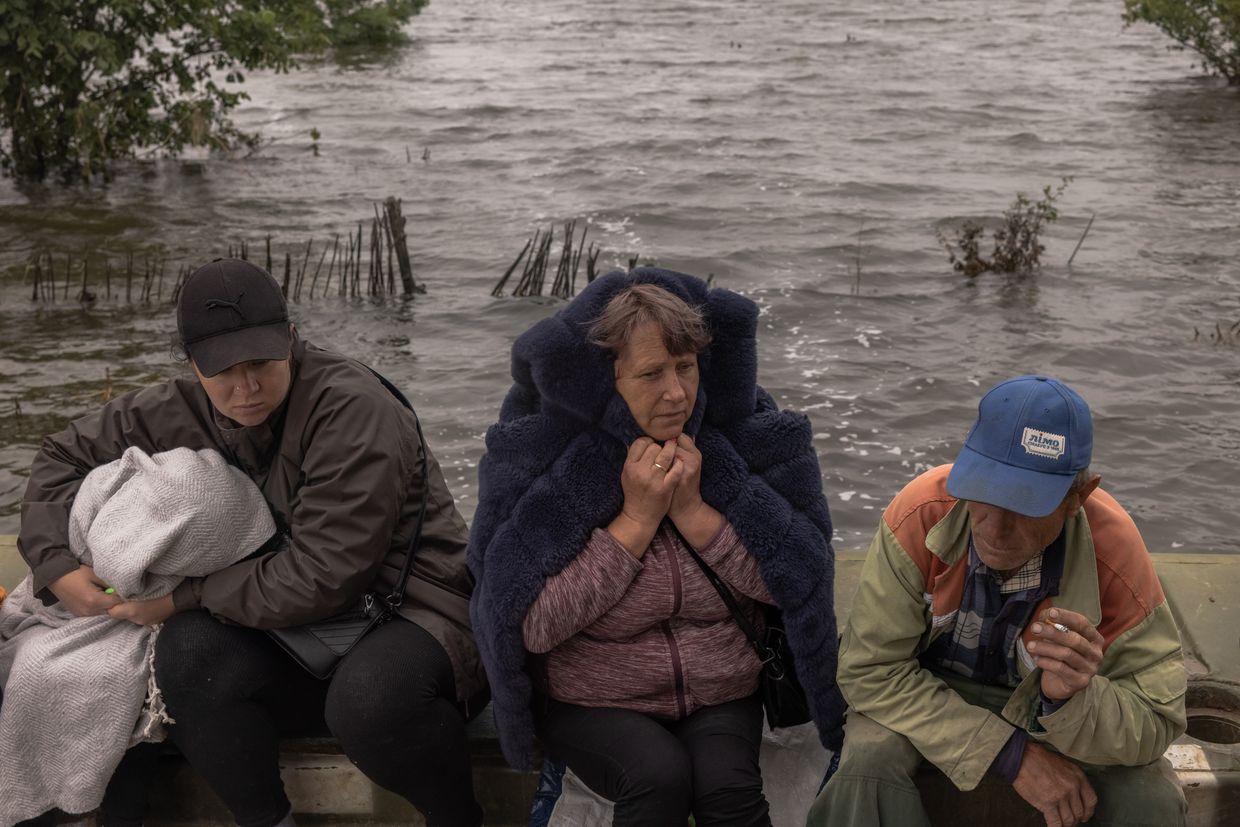
Wagner coup
Wagner launched a so-called "march for justice" against Russian military leaders after alleging on June 23, 2023, that a missile strike on the mercenary forces in Ukraine had caused substantial casualties.
Wagner seized administrative buildings in Russia's city of Rostov and passed through Voronezh, another regional capital. Yevgeny Prigozhin, Wagner's founder, said that his mercenary forces were 200 kilometers (124 miles) from Moscow.
Russian President Vladimir Putin said that the Russian Armed Forces had received an order to eliminate the rebels. The rebellion ended abruptly when Prigozhin backed down the following day.
Prigozhin said on June 24 that the mercenaries would stop their march on Moscow and withdraw to military camps. Belarusian dictator Aleksandr Lukashenko held talks with Prigozhin, acting as a mediator between the dictator and the warlord.
Prigozhin and other Wagner leaders died in a mysterious plane crash in Russia on Aug. 23, 2023. The crash came two months after Prigozhin led Wagner troops in a short-lived rebellion against the Kremlin.
The Wagner Group played a pivotal role in Russia's full-scale invasion of Ukraine, leading Moscow's assault in the Battle of Bakhmut. Following Prigozhin's mutiny and death, the mercenary group withdrew from Ukraine and became fragmented, operating in Belarus and some African nations friendly to Russia.
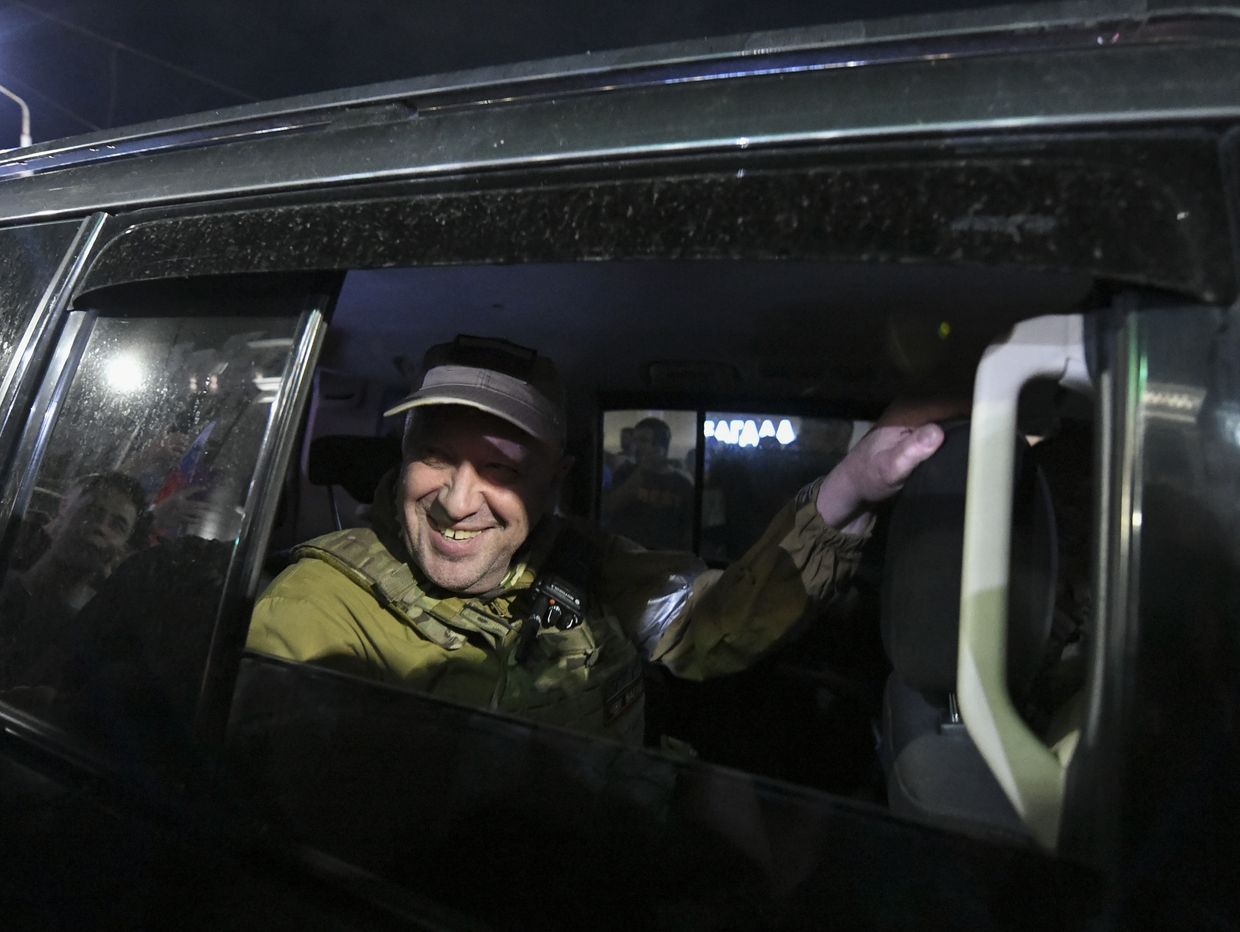
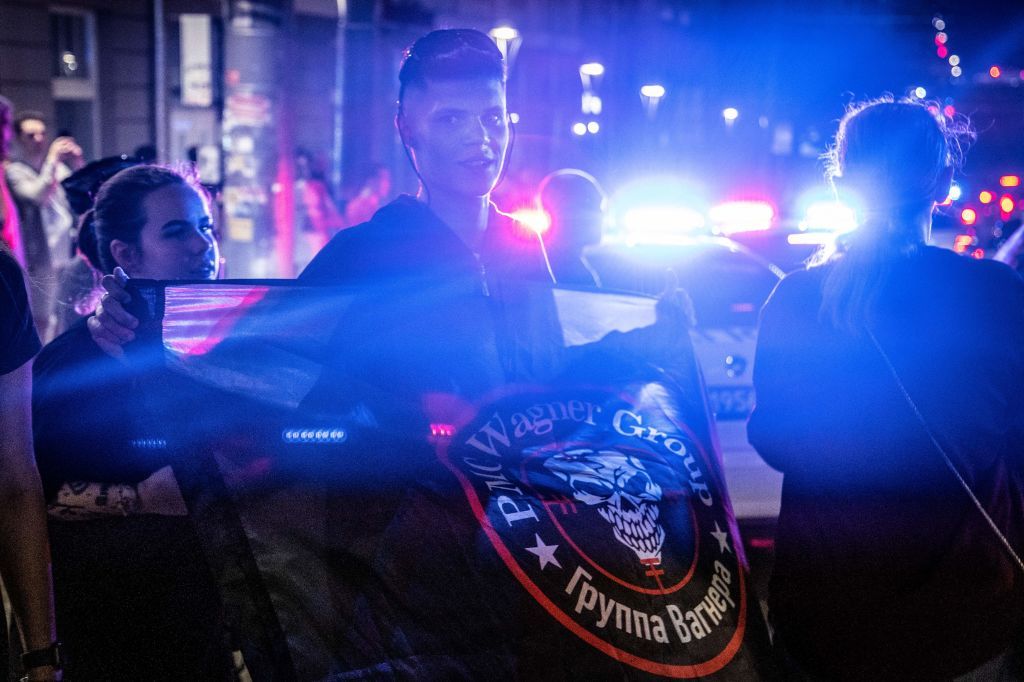
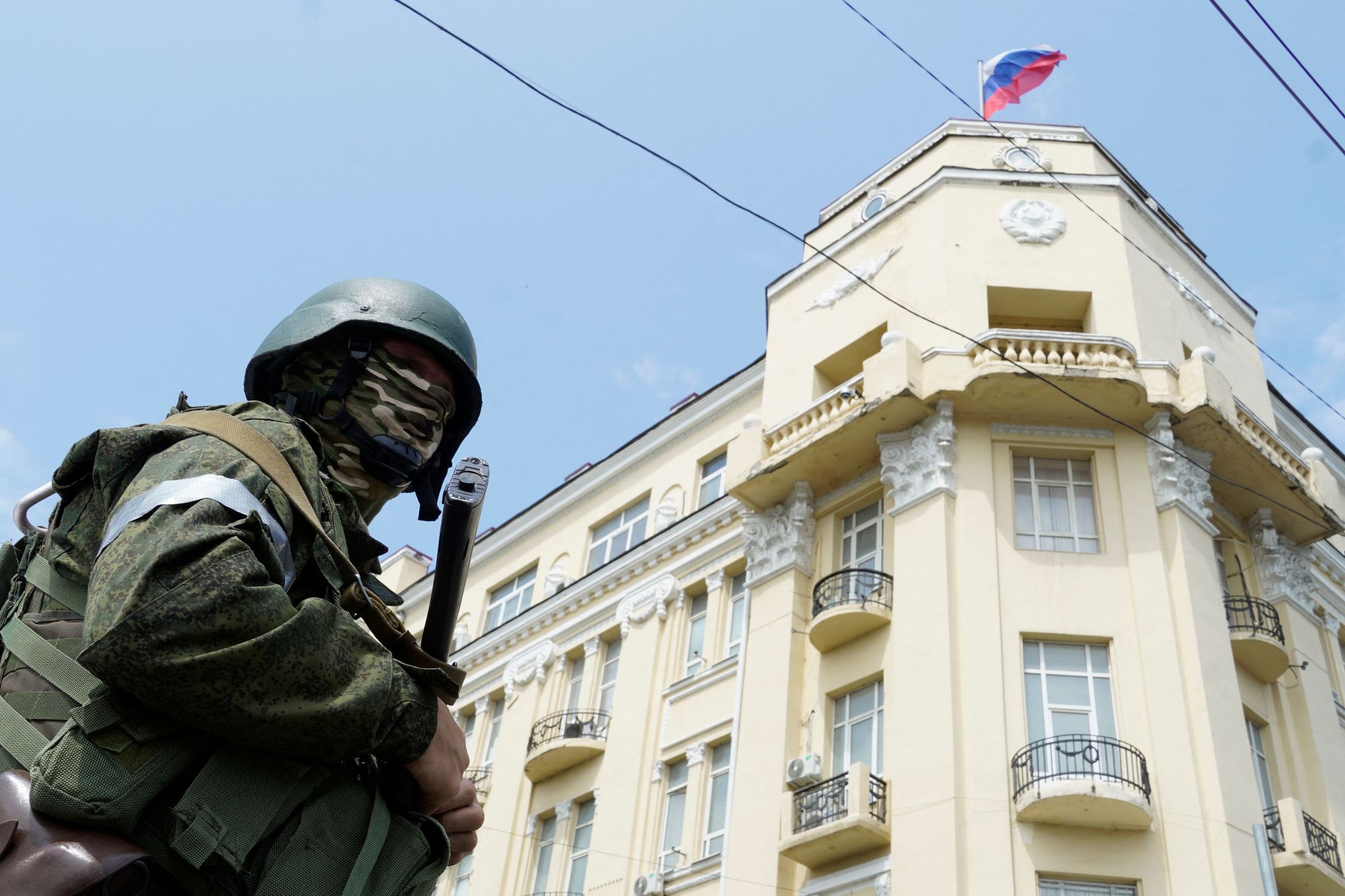
Avdiivka
On the night of Feb. 17, 2024, Ukrainian Armed Forces Commander-in-Chief Oleksandr Syrskyi announced that Ukrainian troops were withdrawing from Avdiivka to avoid encirclement and to save the lives and health of the soldiers.
The occupation of the city of Avdiivka in Donetsk Oblast, once home to over 30,000 people, was Russia's biggest achievement since the Battle of Bakhmut in May 2023.
Over the four months of the Battle of Avdiivka, Russia has lost more than 47,000 troops, according to Oleksandr Tarnavskyi, the commander of the Tavria group of forces.
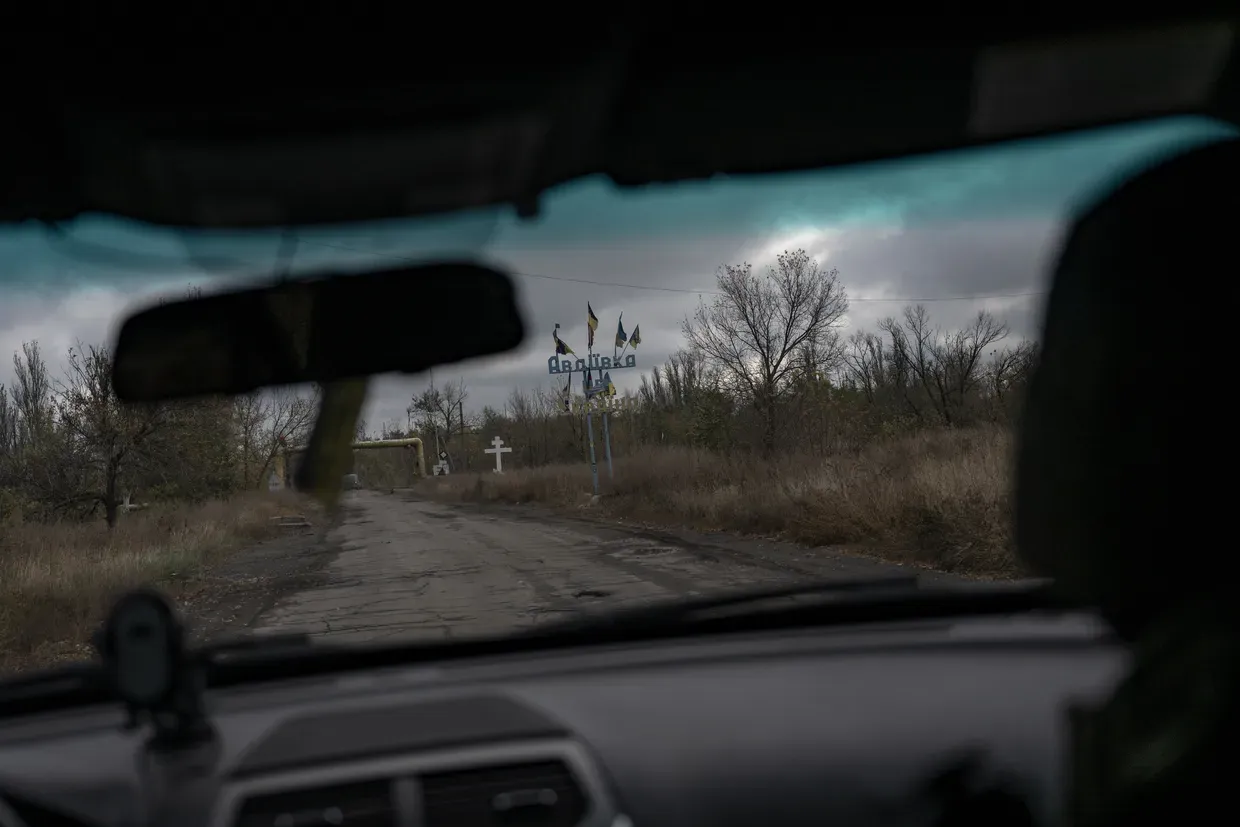
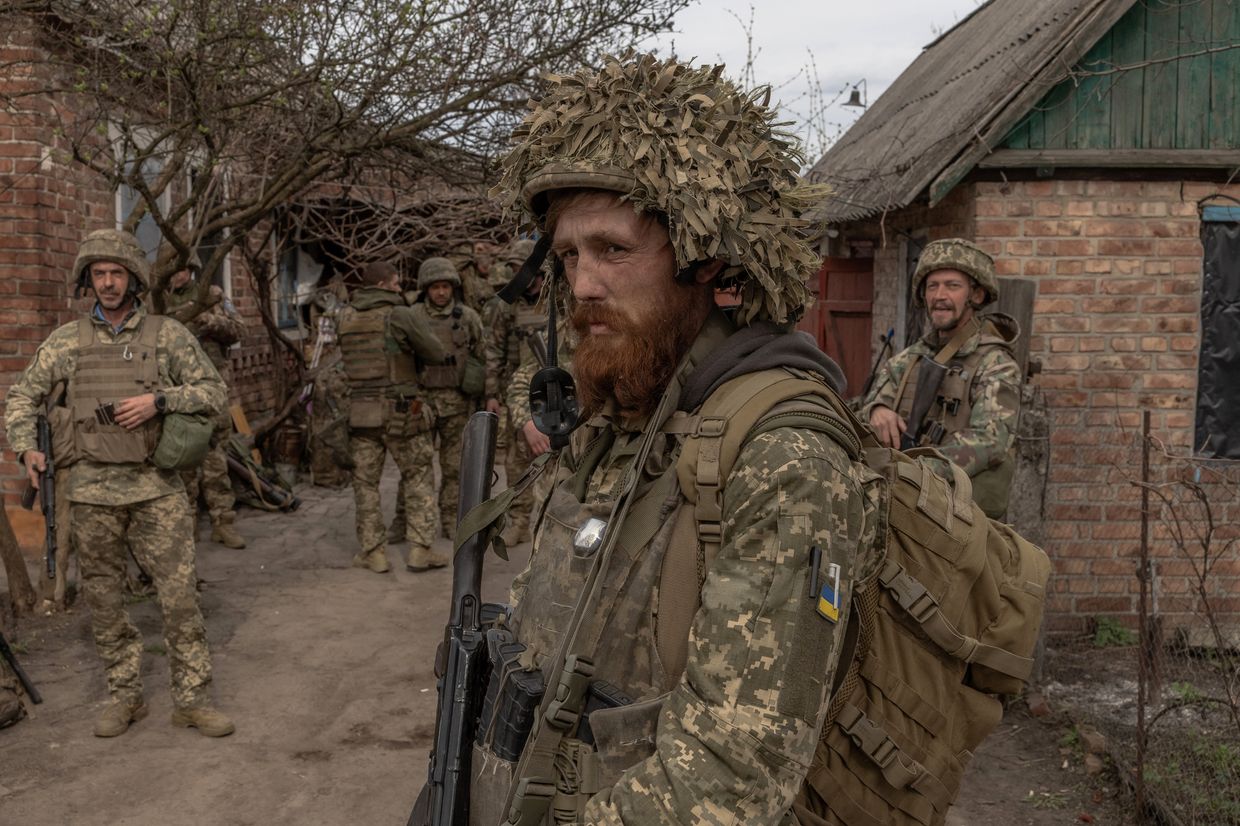
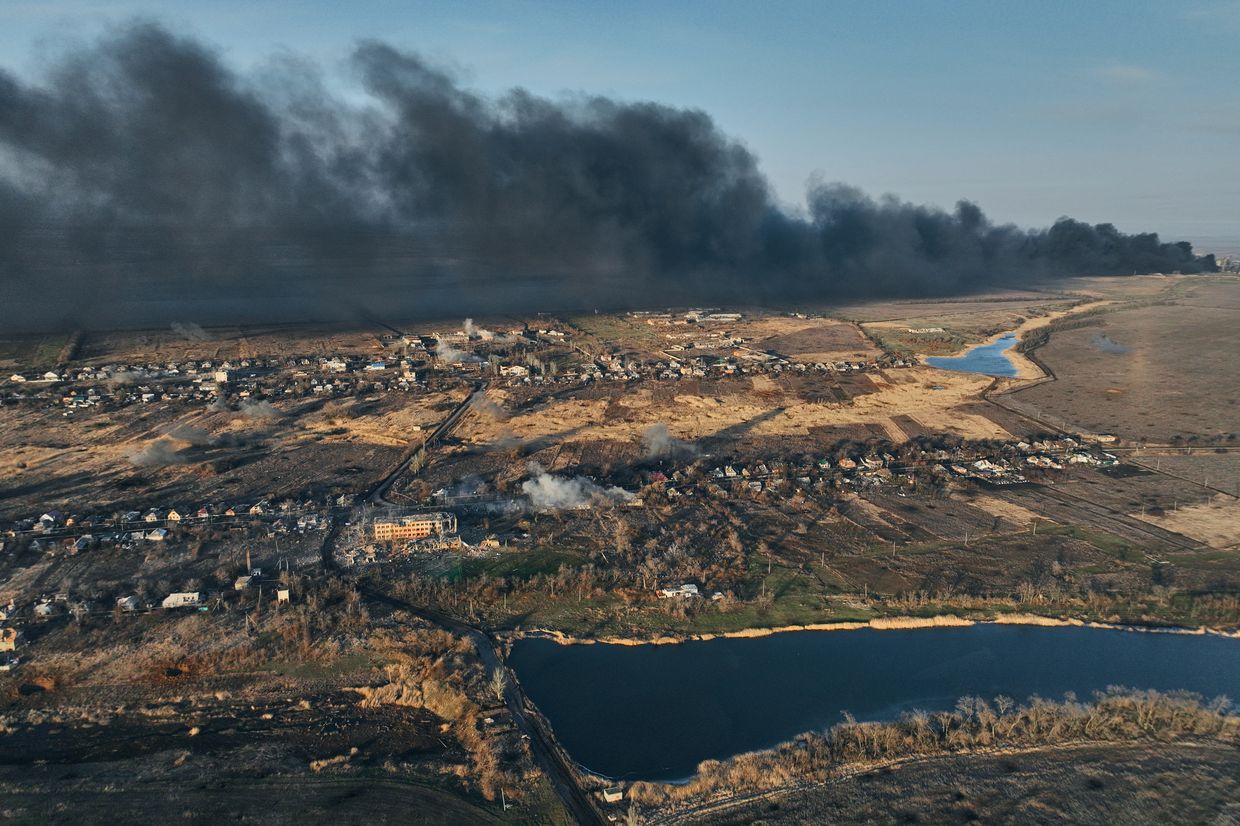
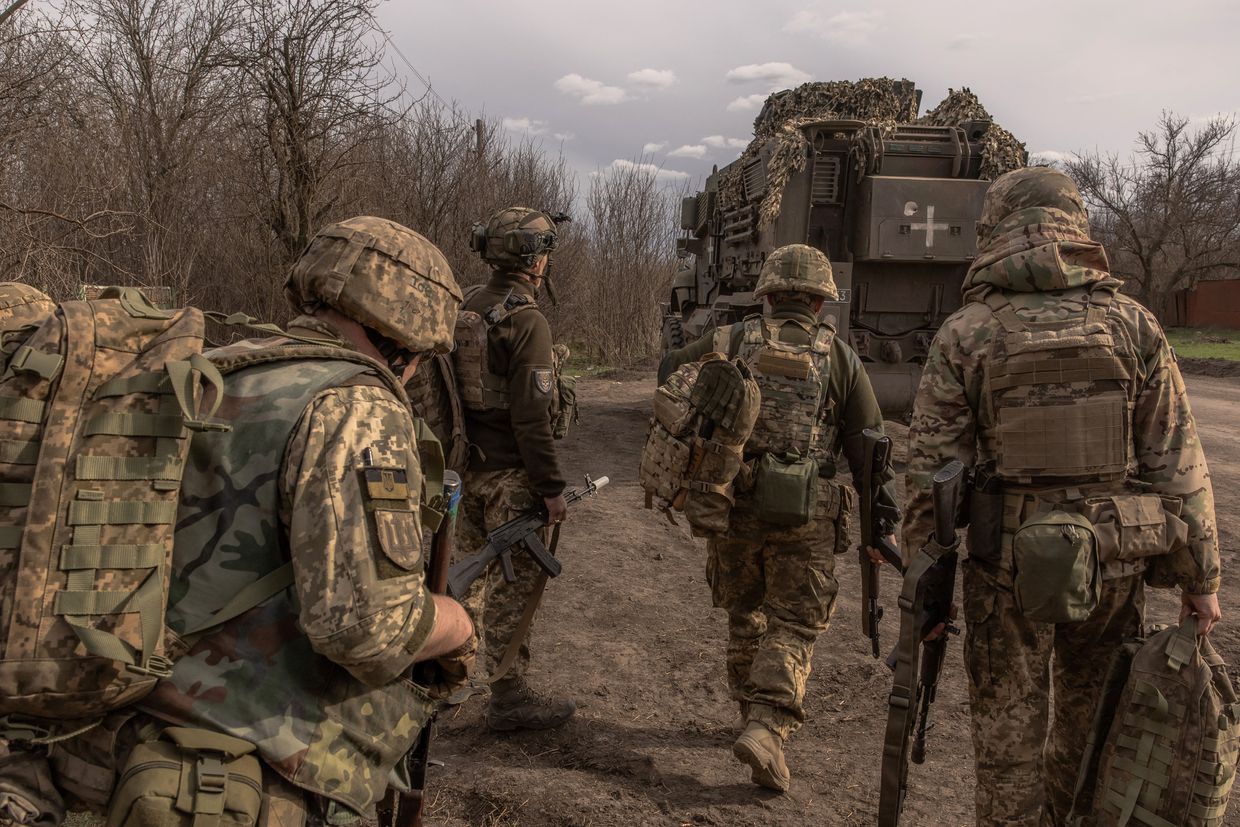
2024 attacks on civilians
Apart from advancing on the front line, Russia continued to target the civilian population of Ukraine, constantly attacking cities with drones and missiles, resulting in deadly casualties and considerable destruction.
During the full-scale invasion, at least 75 medical institutions were destroyed and 587 damaged, while 324 educational institutions were destroyed and 1,172 were damaged, according to the U.N.
According to the U.N., nearly 50,000 civilians were killed and injured, with the agency saying that the actual figures are much higher. In September and October, Russia attacked Ukraine with drones everyday, except for one.
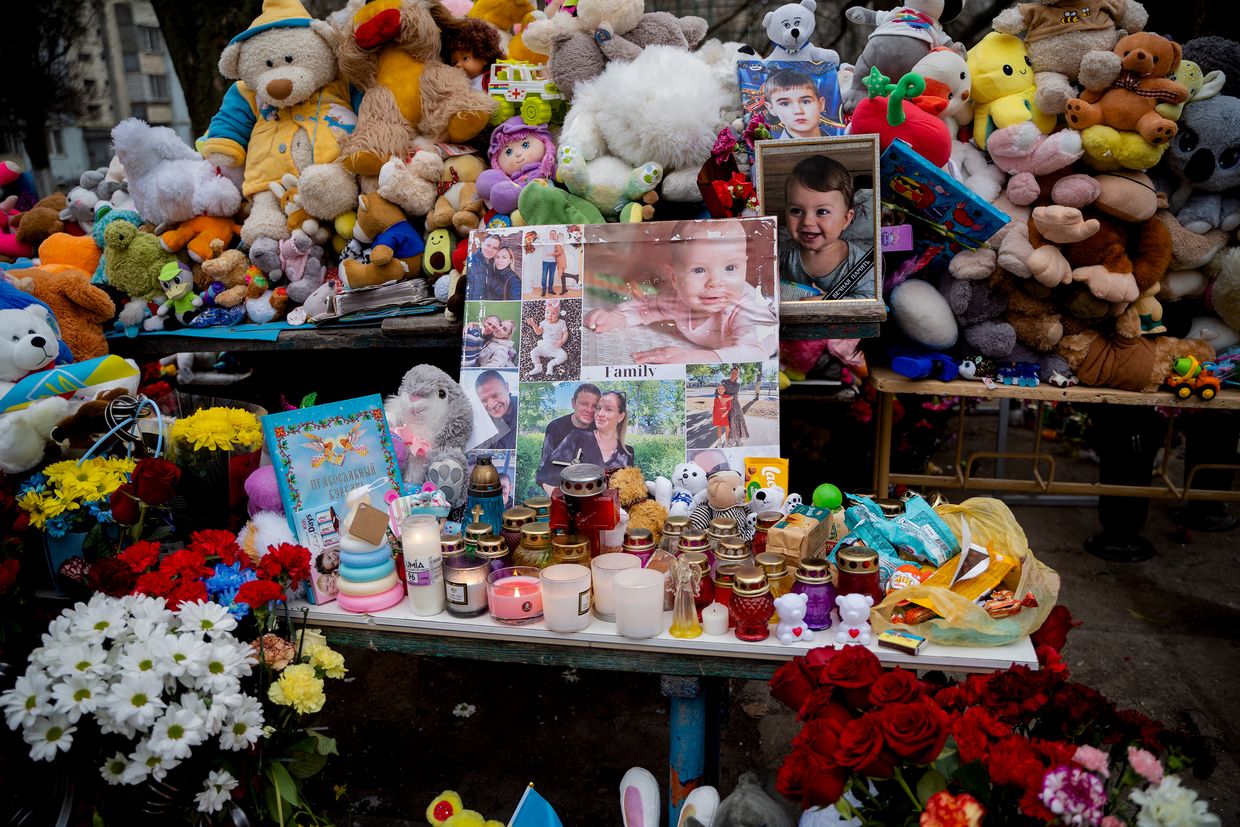
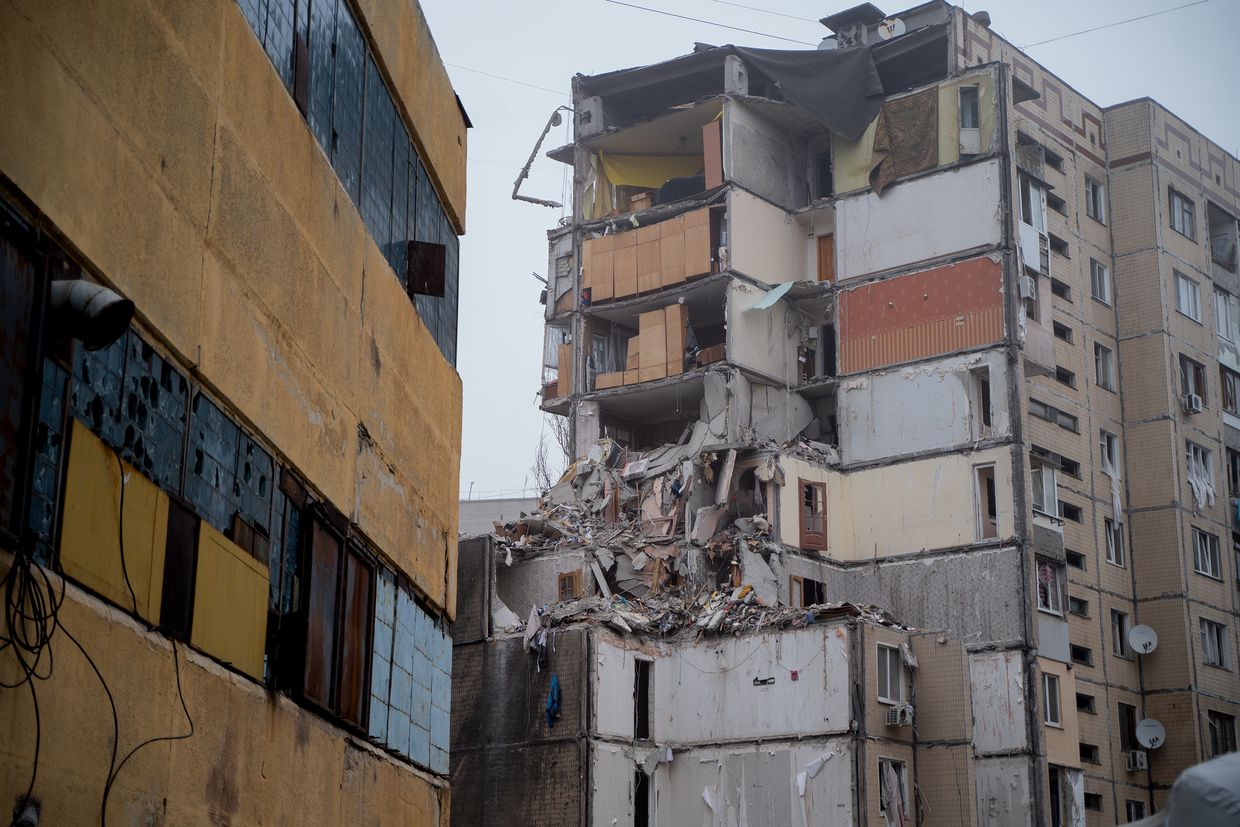
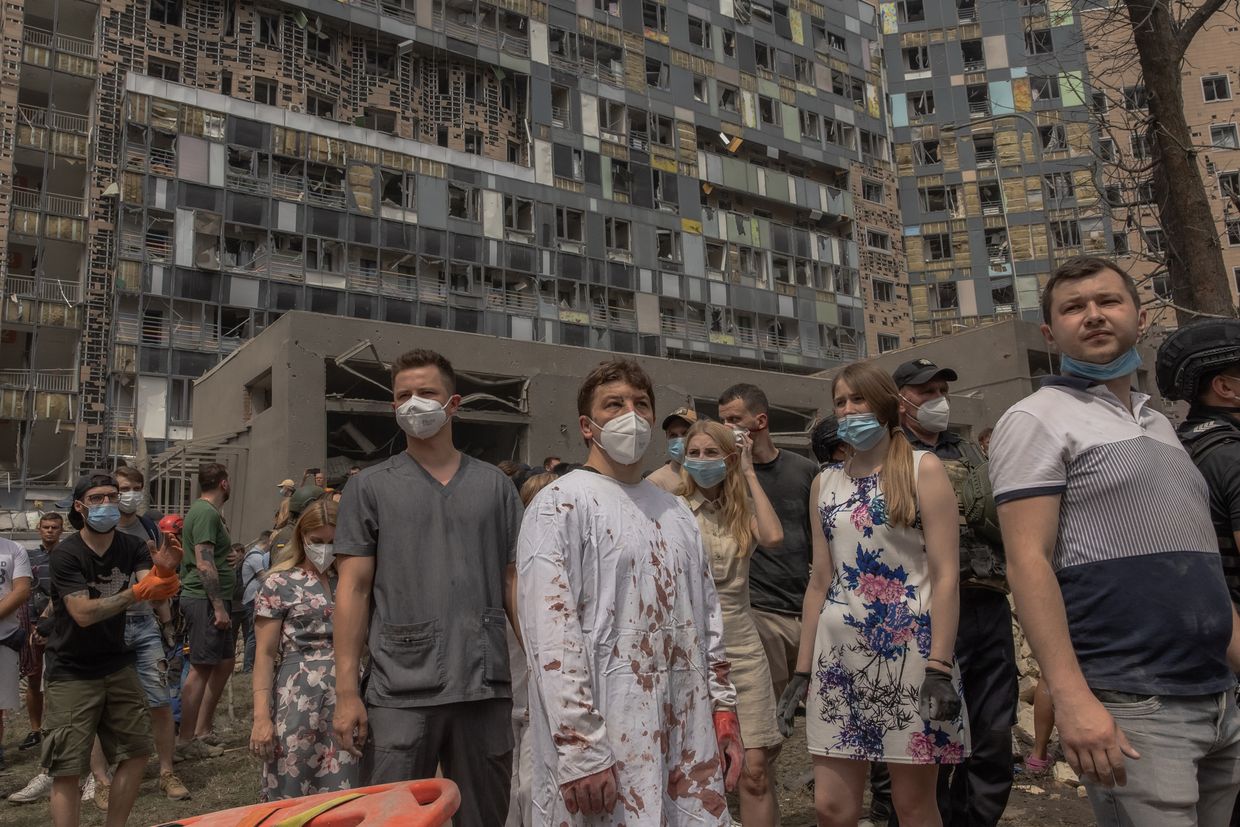
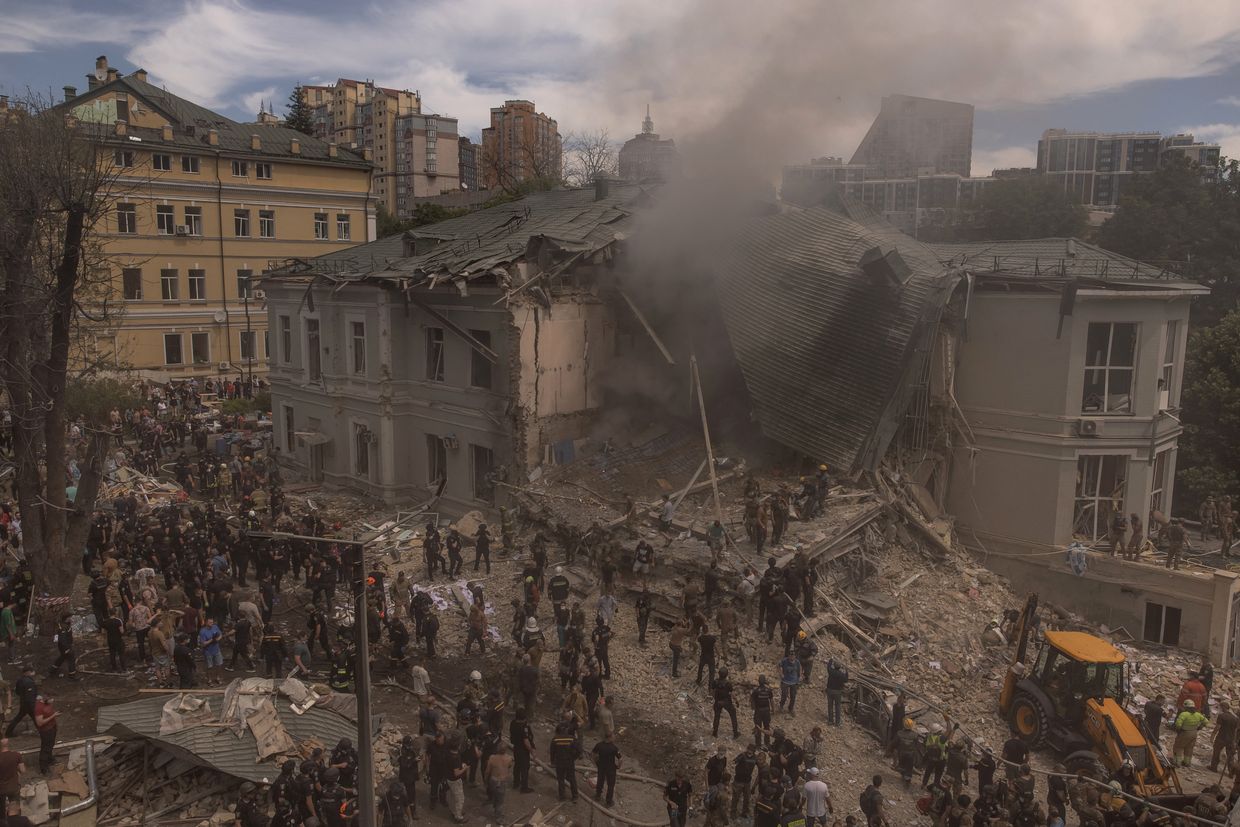
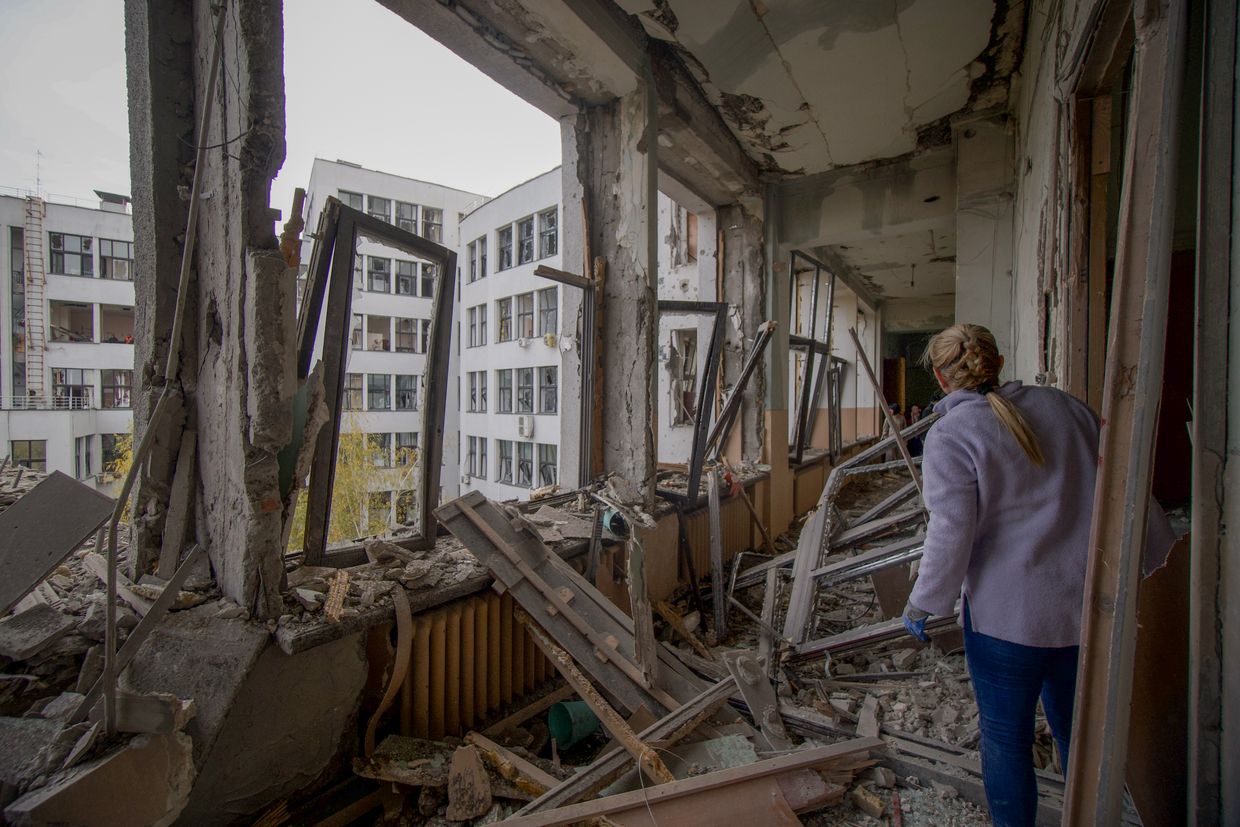
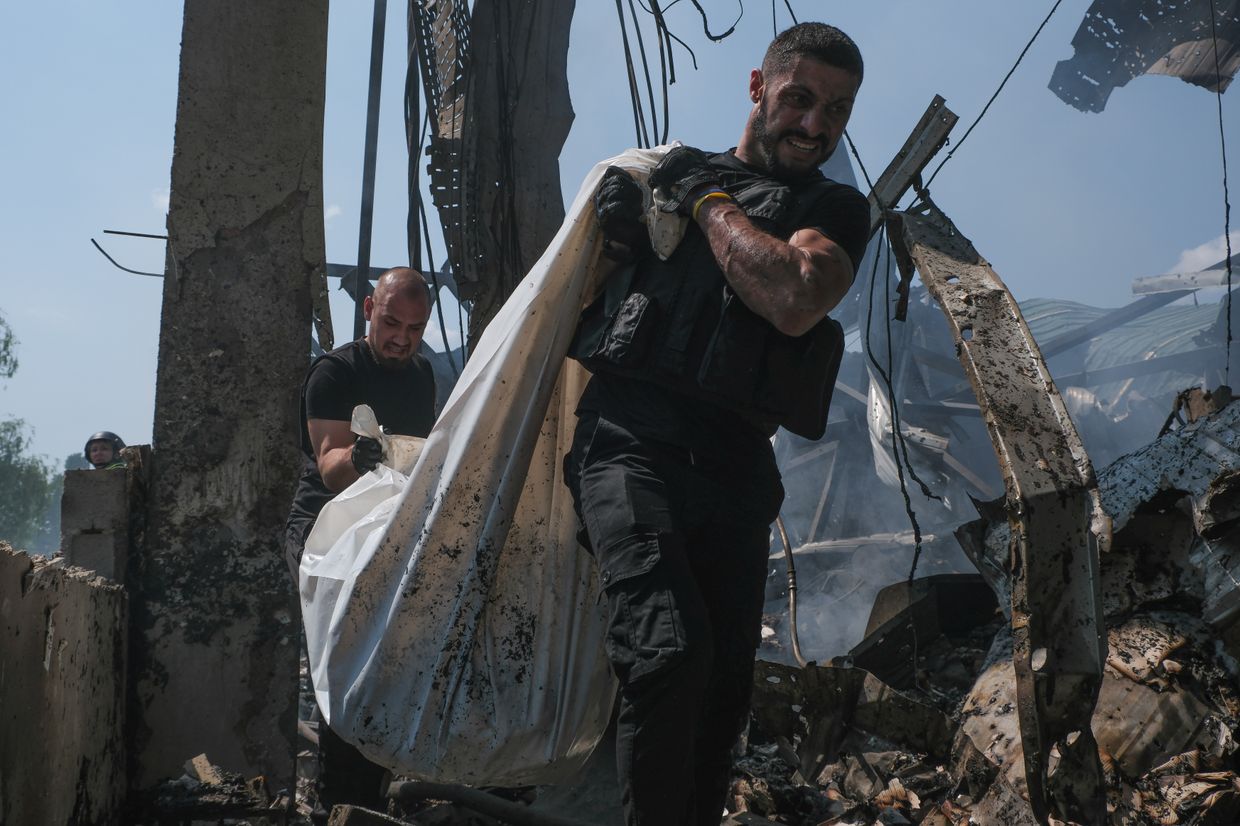
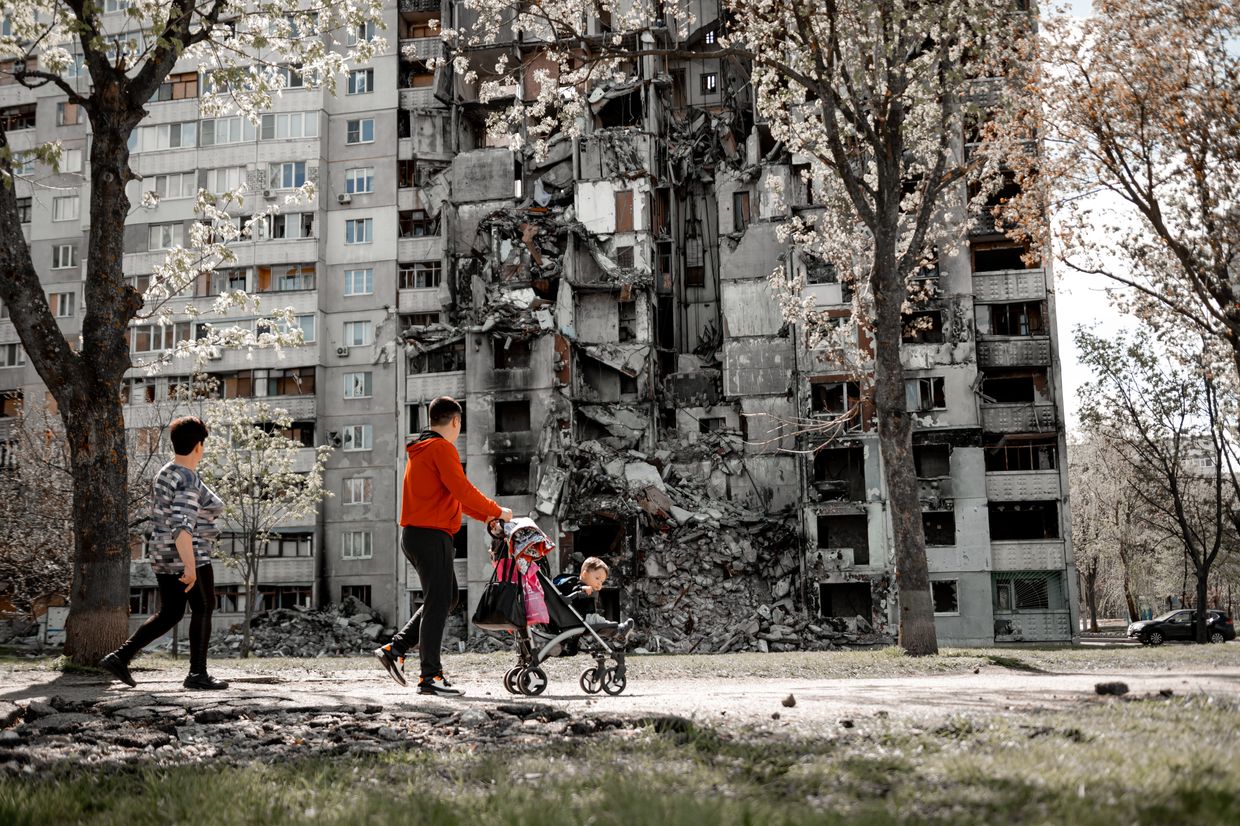
Kursk Oblast
In August, facing steady losses on the battlefield, Ukrainian troops decided to take the fight to Russia.
On Aug. 6, Ukrainian soldiers crossed the Russian border and began an offensive in Russia's Kursk Oblast.
In late August, Ukrainian Armed Forces Commander-in-Chief Oleksandr Syrskyi said the Ukrainian military had taken control of 1,294 square kilometers (500 square miles) and 100 settlements. Since then, neither the Ukrainian nor the Russian side has provided updated data on the Kursk operation. Meanwhile, Russian forces managed to regain some of the seized territories.
Ukraine is currently holding back 50,000 Russian troops in Kursk Oblast, according to Zelensky.
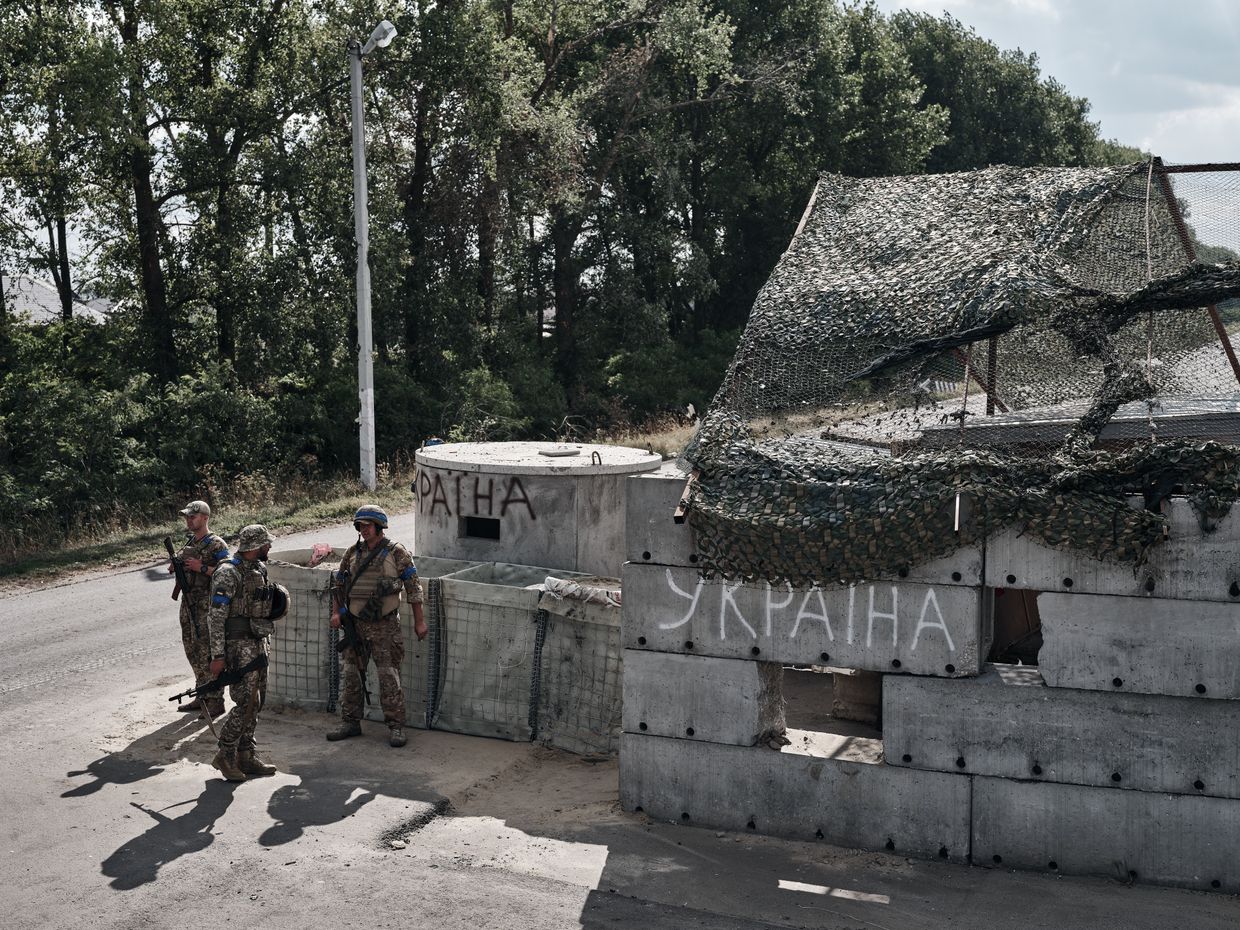
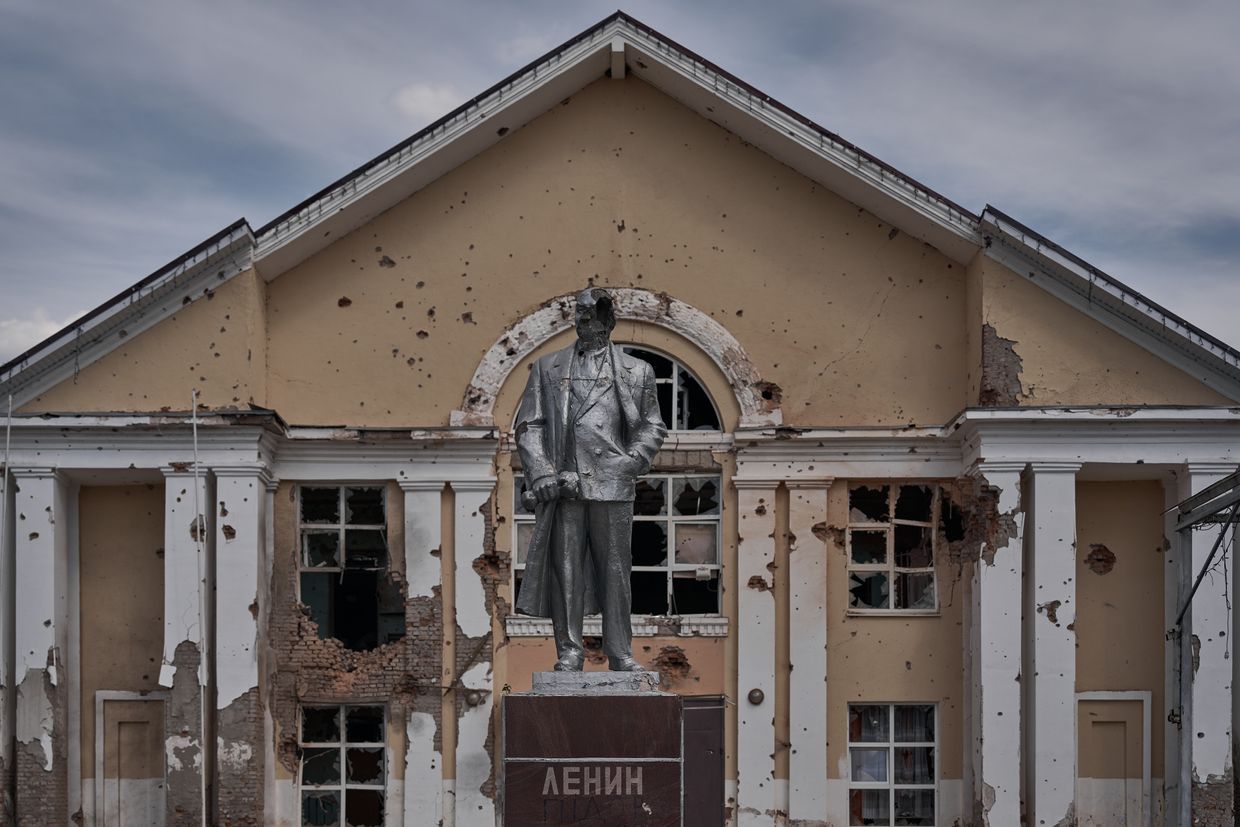
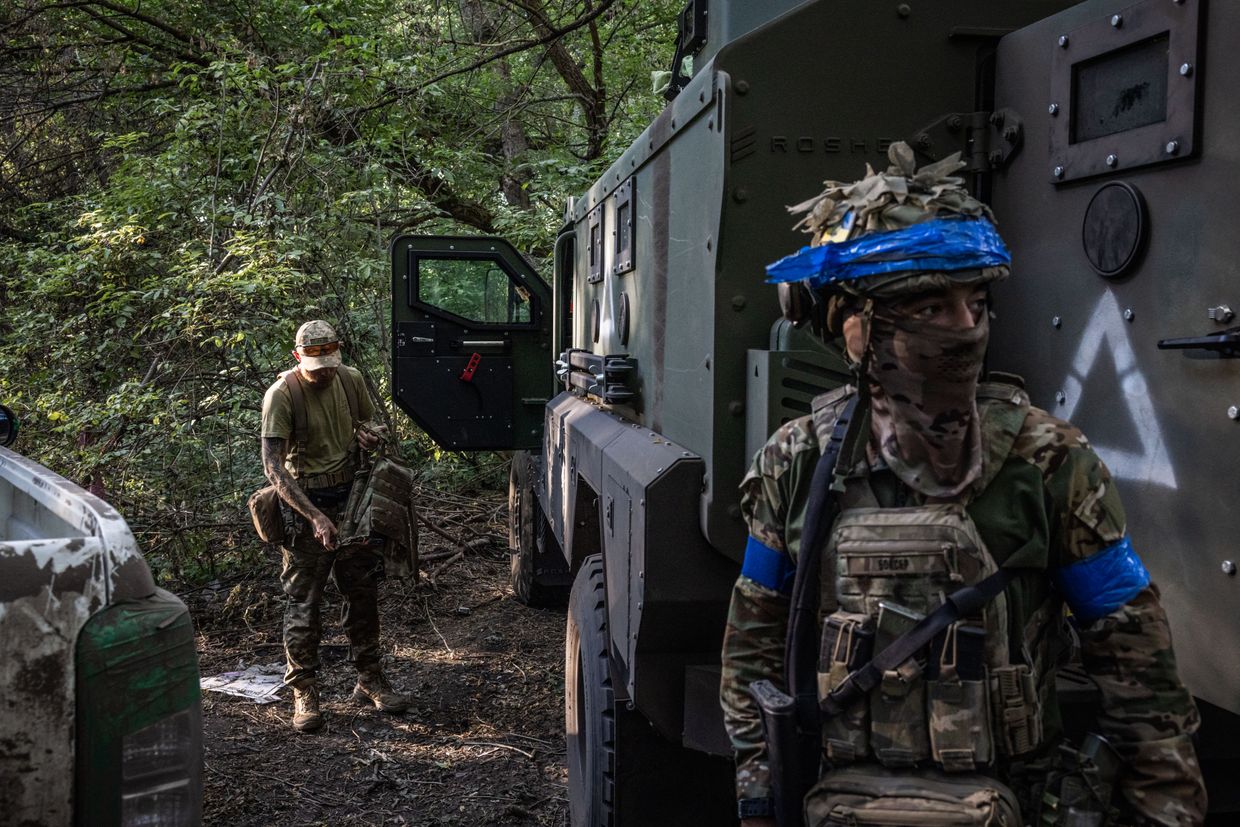
Ongoing front-line collapse
In recent months, Russian troops carried out a grinding advance in eastern Ukraine, making territorial gains while also facing heavy losses.
Russia has captured 1,146 square kilometers (442 square miles) in Ukraine since Aug. 6, about a quarter more than in the first seven months of the year, the media outlet said. Bloomberg reported that the Russian military also advanced by 200 square kilometers (77 square miles) over the past week.
Kyiv's forces announced the withdrawal from one of the key Donetsk Oblast settlements, Vuhledar, on Oct. 2 after Russian forces swarmed the town's flanks. Russian troops have also reportedly captured the town of Selydove, but Ukraine has not yet confirmed the reports.
Apart from Vuhledar and Selydove, Russian forces have been focusing their efforts against the Donetsk Oblast towns of Pokrovsk and Toretsk, where outnumbered and outgunned Ukrainian soldiers are slowly losing ground under Russian pressure.
Russian troops also appear to be preparing for assault operations in the southeastern Zaporizhzhia Oblast, where "the enemy is amassing personnel," the Ukrainian military's Southern Command spokesperson Vladyslav Voloshyn said on Sept. 28.

